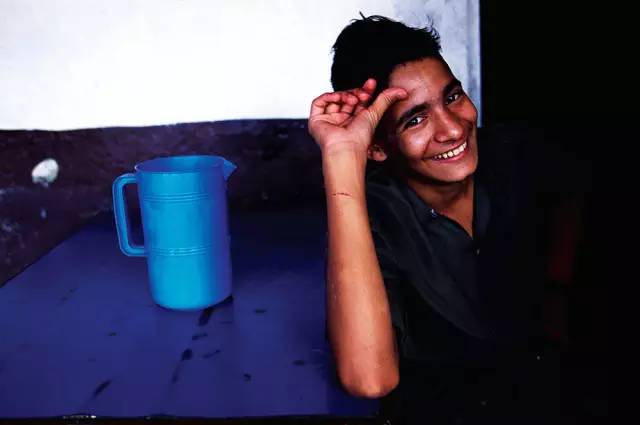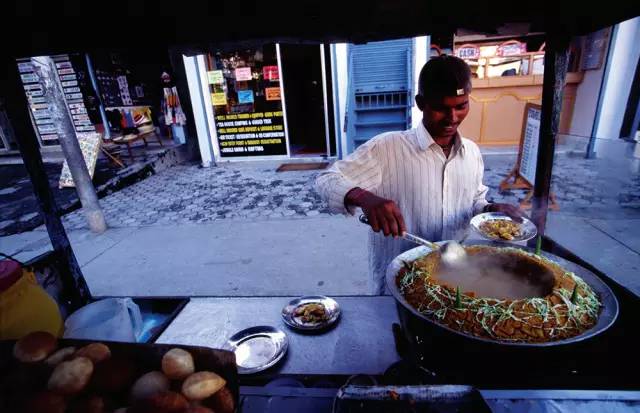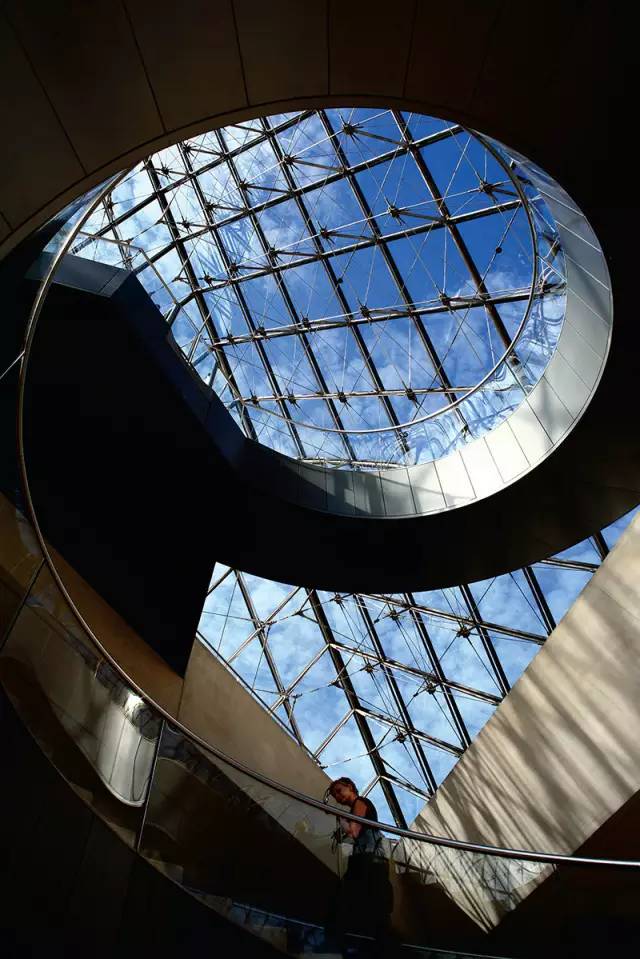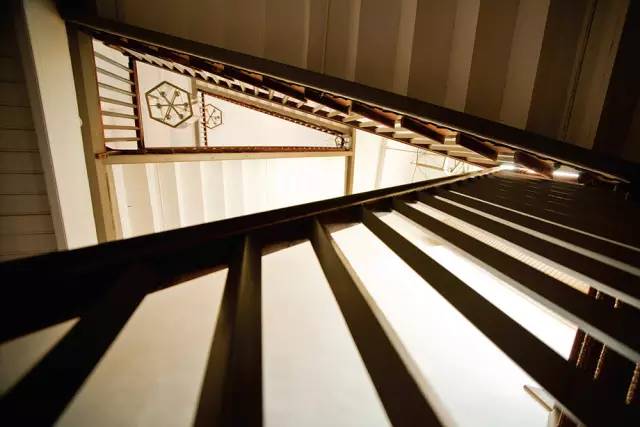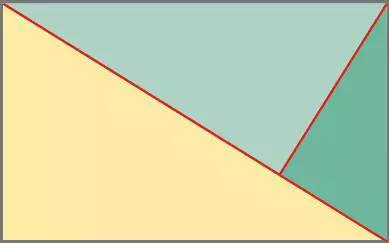Capture the Moment and Various Compositions-Basic Composition 1
One day, stop in front of a beautiful cafe on the street. The girl yelled “Really handsome” in her mouth, and she bounced around with a childlike smile. I followed the fashion model and put on a variety of looks, looking very cute. Because the moment the girl laughed was very beautiful and natural, she involuntarily pressed the shutter.
Girl’s glowing face-basic exposure
In portrait photography, the most basic thing is to correctly expose the face of the person. The face of a character must be the first thing people pay attention to. If it is not a special advertising idea, then the face of the character must be fully illuminated. When shooting, the reflector is the most effective tool to express the light on the person’s face. It’s good to find something that reflects light and reflect the light on the character’s face to make the face look bright.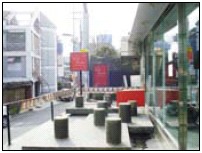
The cafes on the street, although there is plenty of sunshine behind, the light ratio is not high. There are appropriate red modeling objects in the picture, which gave me the urge to take pictures.
The sun shines on the model’s back, creating strong light on the head and shoulders. The character should not be nervous in front of the camera, just show a natural posture. Let the model relieve the tension and pose naturally as usual to capture the best expression of the model.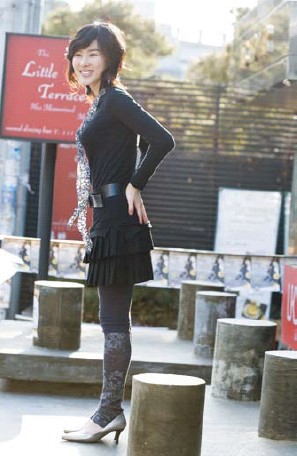
Lens: 100mm F2.8︱Aperture: f/5︱Speed: 1/100sec︱Sensitivity: ISO200︱Illumination: Natural light︱Color temperature 5600K︱Metering method: Multiple
The Format of Portrait Photography-Basic Composition 2
People photography is divided into full-length photos, half-length photos (head to knees, head to waist, head to chest) and close-up photos. It is distinguished according to which part of the body is photographed. When shooting, consider the composition according to the model’s expression and background. Here, we try to make a few compositions in accordance with this distinction. Shoot according to the principles of “low angle for people with short legs” and “being beautiful with blurred background”. Turn the camera’s viewing angle higher or lower to see the effect. Of course, it is very important to focus on the model’s feelings, expressions, and postures. Only in this way can a “beautiful woman” with full of confidence be photographed.
Lens for Portrait Photography-Basic Composition 3
No lens can easily take pictures of people more beautifully or more successfully. For the wide-angle series of lenses, due to the distortion of the lens itself, you should pay more attention when using it. The telephoto series of lenses can blur the background other than the characters. Even with a standard 50mm lens, when shooting close-ups, distortion will occur because the distance is too close.
The elements of portrait photography-models
Anyone can become a model, family, friends, and lovers are no exception. Photos are a medium for sharing warmth. If you watch it together, you will feel very happy. In order to take pictures, even if it is just a day, the photographer and the model should have a good understanding.
A photographer once said, “The short moments of getting along with the models will make you fall in love with them.” It is not how attractive they are, but because they have love in their hearts, they understand which lens to use, what kind of expression and shape can best express the beauty of the subject. Just like the mother knows best when the child is the most beautiful. If a faint smile with a wrinkled nose is more beautiful than a big laugh, then the photographer should give the model a sense of intimacy and let the model show that expression.
The elements of portrait photography-place
When we eat delicious food and look at the beautiful scenery, we will think of our lover. If you come with him (her), it must be a suitable place for him (her). Because we understand that the moment of being with him (her) is the moment that constitutes a harmonious picture.
The location in portrait photography is another coat of the model. The place plays the role of aligning the characters with the background. However, it is not easy to take “photos of people in harmony with the background”. You have to work hard, but also be willing to pay for travel expenses. Only by walking a lot of places can you find the ideal shooting location.
Use the red publicity board as the background to conceive the picture and grasp the composition as a whole.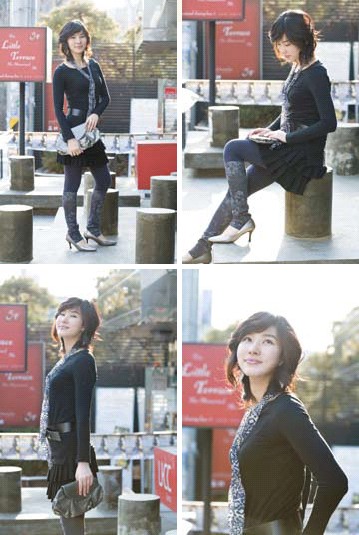
Lens: 100mm F2.8︱Aperture: f/5︱Speed: 1/100sec︱Sensitivity: ISO200︱Illumination: Natural light︱Color temperature: 5600K︱Metering method: Multiple
The elements of character photography-clothing
The clothing of the characters is different, the degree of harmony with the scenery will also be different. Our mothers know better what kind of clothes to wear when admiring the maple leaves. When going to the scenic snow-capped mountains, you should prepare more gorgeous clothes than the scenery. Under the beautiful maple leaves, all kinds of hats and coats, flowers and mountains together form a beautiful scenery. Today we live in a world full of youth and vitality. In order to take a beautiful portrait of a person, it is not difficult to find a dress that suits the location. Photographers should be more fashionable and youthful.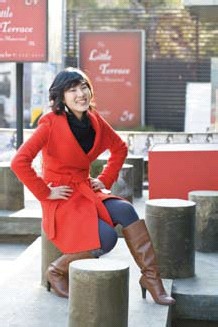
To echo the red background, prepare a jacket of the same color. Let the model pose in the most natural pose to capture the moment of smile.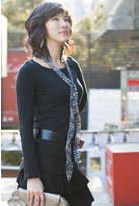
Half-length shot to the waist. Designed the composition of the model’s hand.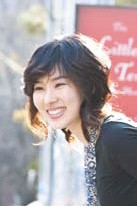
Picture of a bust to the chest. I took a few photos with moving eyes.
Let’s take a look at the photos taken by the same model in another location. With the wooden board room as the background, the model wore clothes that were completely opposite to the background color. At first glance, it looks like a person has changed.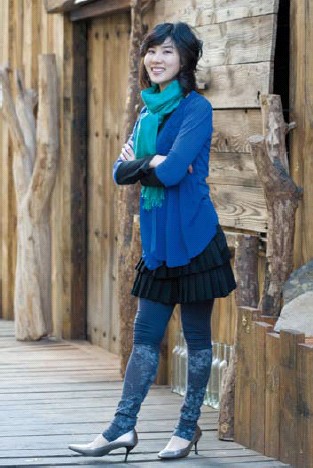
Lens: 100mm F2.8︱Aperture: f/5︱Speed: 1/100sec︱Sensitivity: ISO320︱Illumination: Natural light︱Color temperature: 4900K︱Metering method: Multiple
Can make the face shine without special lighting
For TV actresses, it is the reflector that can bring out the soft skin. It is more effective than spending millions to do plastic surgery or skin beauty. In fact, in the photography supplies store, the price of a reflector is much cheaper than other supplies. The portable reflector is not large. As long as you understand the principles of reflection and diffusion, you can get good lighting effects at any time.
The following are items that can be used as reflectors and can be purchased at photo equipment stores. You can buy round reflectors at stationery stores. White cardboard, moisture-proof mat for picnics and tin foil for kitchen.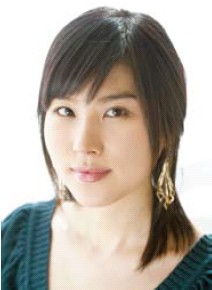
Sitting in front of the window, the model’s face is illuminated by reflected light, which looks good.
Lens: 70mm F2.8︱ Aperture: f/4.5︱ Speed: 1/60sec︱ Sensitivity: ISO200︱ Lighting: Natural light︱Color temperature: 5600K︱Metering method: Multiple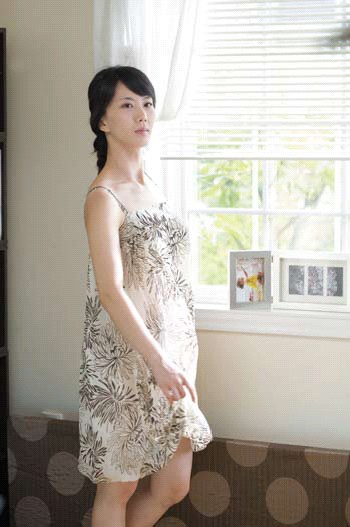
Direct sunlight coming in from outside the window is the best lighting. Use the reflection of light to gently reflect on the model again. This place has formed a very soft effect even if “just standing”.
Lens: 70mm F2.8︱ Aperture: f/5.6︱ Speed: 1/50sec︱ Sensitivity: ISO100︱ Lighting: Natural light︱Color temperature: 5600K︱Metering method: Multiple
Shooting Angle and Composition
For shooting portraits, we usually use a head-up shooting angle, that is, the camera is in a straight line with the shooting eye. A shooting angle that is too high or too low can easily cause the model’s face to be deformed. In addition to looking up, another common shooting angle is looking up, that is, shooting from the bottom up. Looking up shots usually use a wide angle, and close up shots can achieve that dramatic and exaggerated effect. Digital camera users with a wide-angle lens below 28 mm can try shooting. Shooting at this angle may give you some unexpected results.
Pay attention to the combination of the subject’s portrait and the surrounding environment when shooting the composition. The main character should occupy at least one-fifth of the entire photo. Because in the portrait photos we take, if the characters occupy too small a ratio, the scenery in the whole photo will become overwhelming. Fans who are new to portraits should pay special attention to this.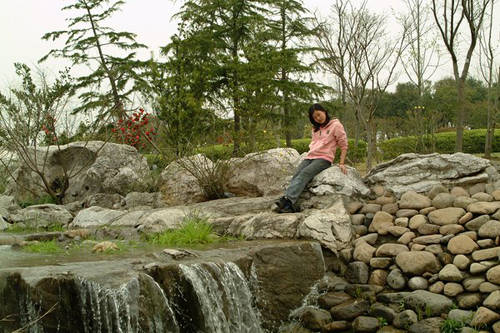
The proportion of characters is too small, and the key points are not prominent
If you want to leave a large amount of blank space in the photo to give a sense of majestic atmosphere, then you must pay attention to the contrast between the tones of the characters in the picture and other aspects, as well as the simplicity of the background. But I think that for beginners, the subject of the portrait should be arranged in more positions in the picture as much as possible.
The Choice of Focal Length
For portrait photos, it can usually be divided into several common modes: full body, half body, and face close-up. Generally, you can take ideal portrait photos by using these modes and combining with the composition described above. But one thing worthy of beginners’ ideas is the issue of focal length selection.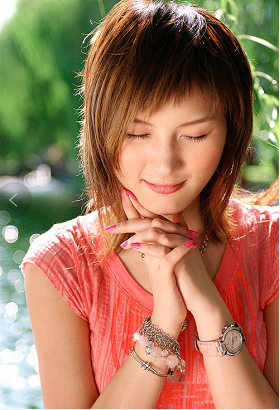
A reasonable focal length can reflect a stronger sense of space and three-dimensionality. The wrong use of the focal length may cause the face of your beautiful model to be deformed or lack the sense of layering in the photo.
When shooting full-length and half-length portraits, we can’t blindly pursue a beautiful background blur and directly pull the 10x aperture zoom in our hands to the end. Although this can give you a certain small depth of field, the negative effect it brings is the feeling of narrow space vision. This is because when shooting with telephoto, the angle of light entering the lens is very small, so you can only take a small piece of scenery behind the person.
Therefore, when taking full-body photos, we should choose a standard focal length of about 50 mm. For such a photo bust, it is more natural to use a mid-focus perspective. For half-length and partial close-ups, it is necessary to use a telephoto of 135 to 200 mm or more.
Lighting During Outdoor Portrait Shooting
When shooting outdoor portraits, which lighting method is better? Generally speaking, don’t let your model’s face directly face the direct sunlight. The strong sunlight would make Mott lower his head and squint his eyes, unable to express the charm of portrait photos.
We can choose to shoot in the shadows. The diffused light in the shadow on a sunny day is also enough to provide the color we need. But one thing to be aware of, try not to hide from the sun under the big tree. This is not to prevent accidental lightning strikes, but when direct sunlight hits the model’s face through the leaves, it will produce unsightly spots and bright spots.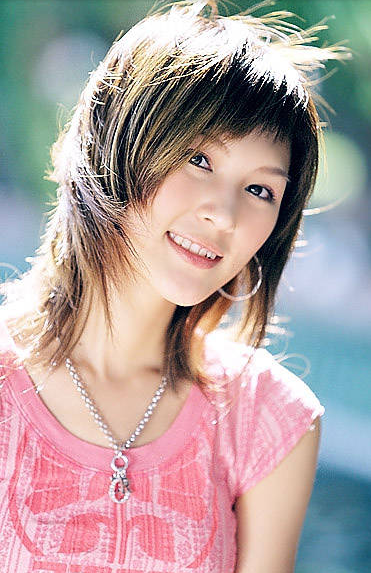
Although the shaded area is a good choice, the portraits under the sun still have her unique style. The first thing we need to do when shooting in the sun is to make the model’s face not directly facing the sun, let alone facing the sun, because this will create more ugly facial lighting. So in the sun, we usually let the model face the sun, which is what we usually call the backlight shooting.
Backlight shooting is easy to cause shadows on the face or underexposure because the back is facing the sun. When shooting against the light, because the background brightness is usually too large, the conventional average metering easily leads to underexposure of the face. We can use exposure compensation or spot metering to increase the exposure to make the face brighter. But when using this method, the brightness of the entire photo may become higher. While making the face brighter, the background also brightens, causing the background sky to turn white or cause the loss of other details.

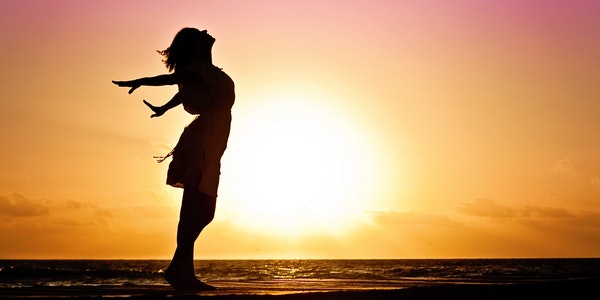
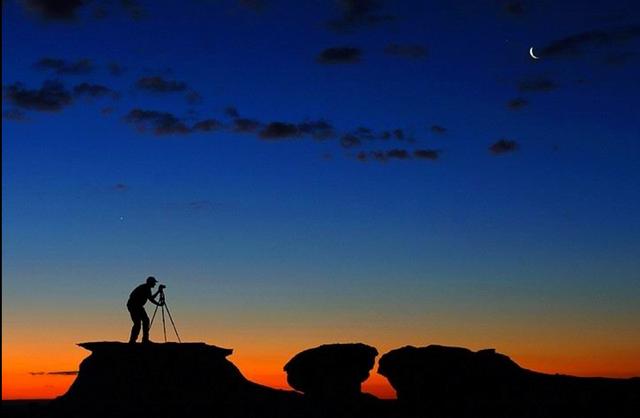
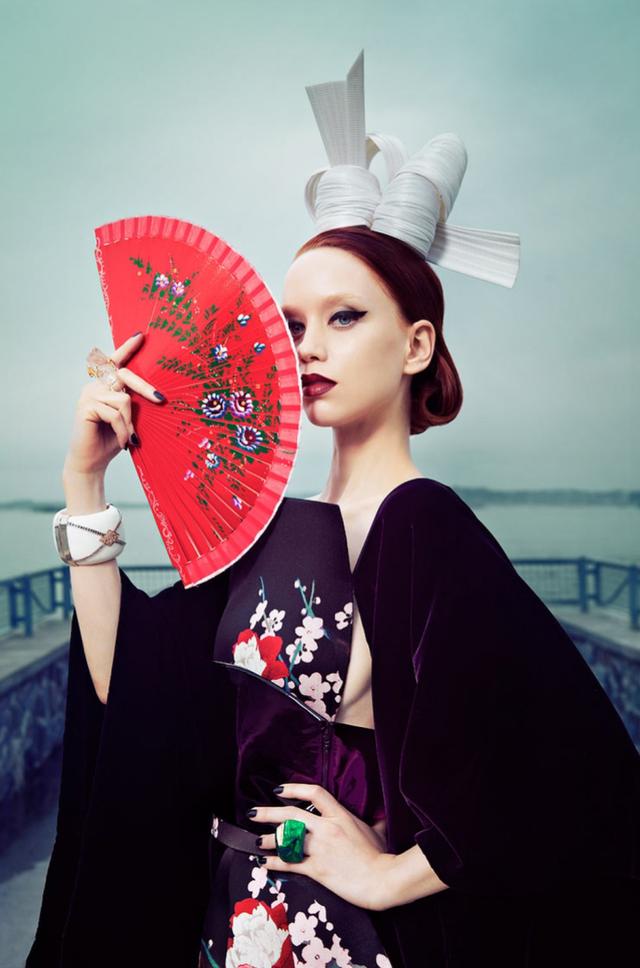
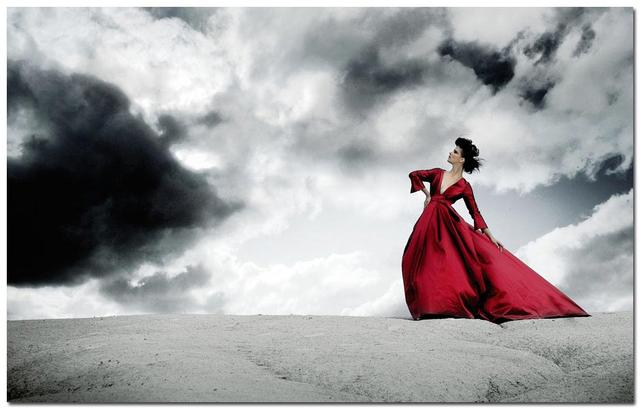
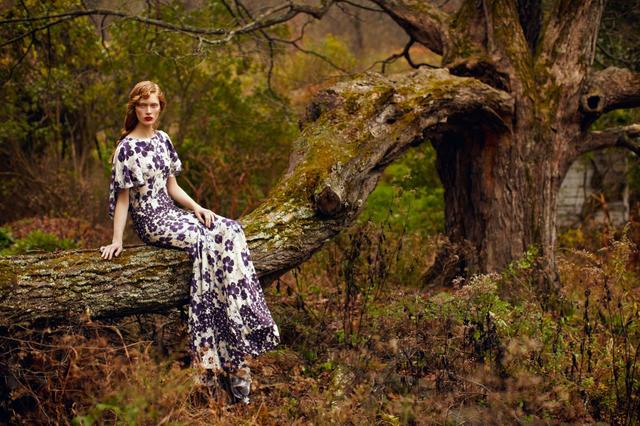
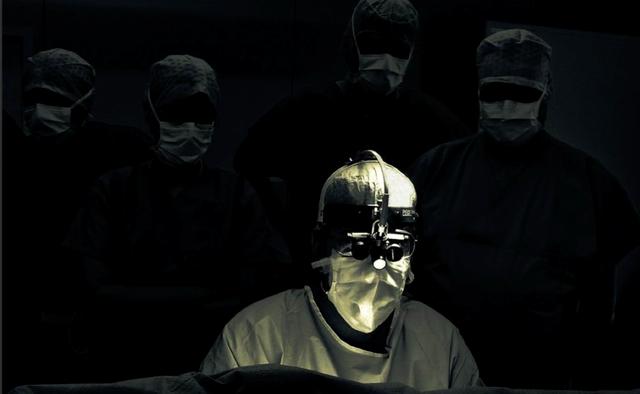

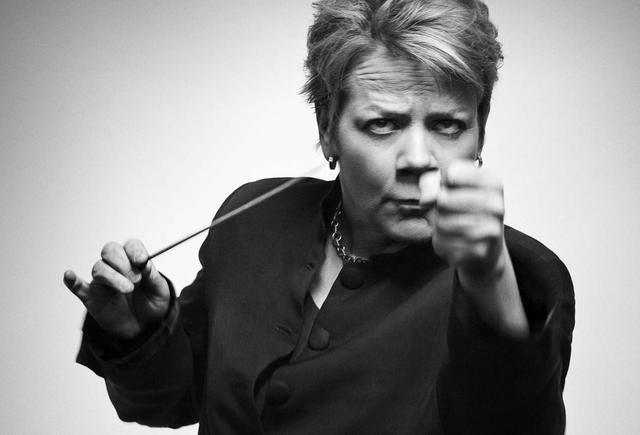
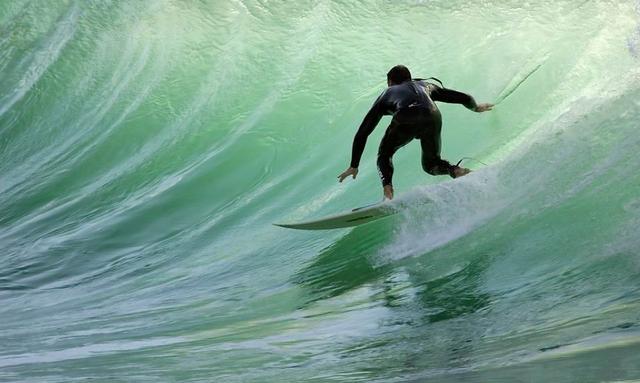
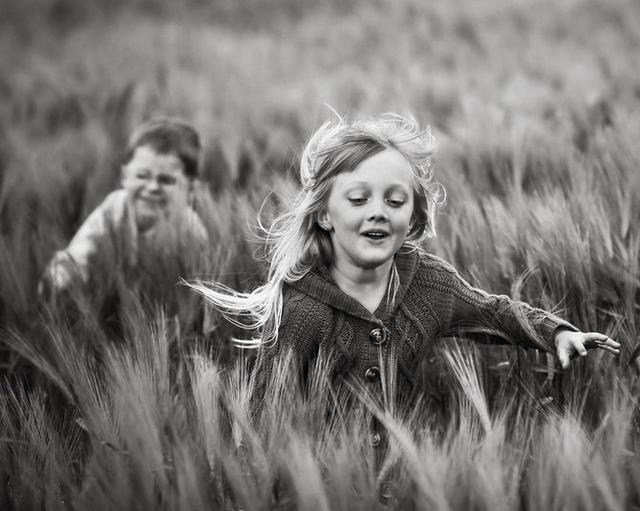
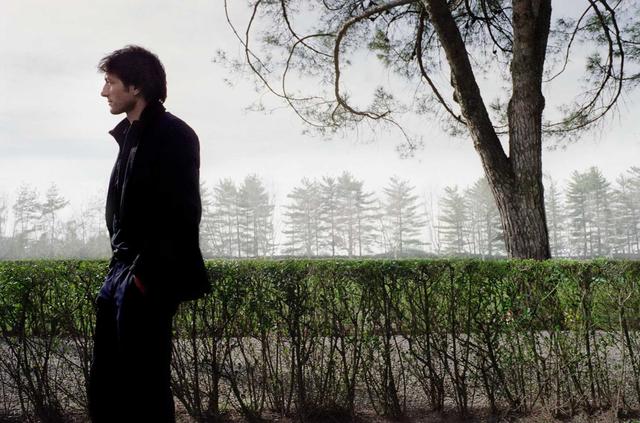
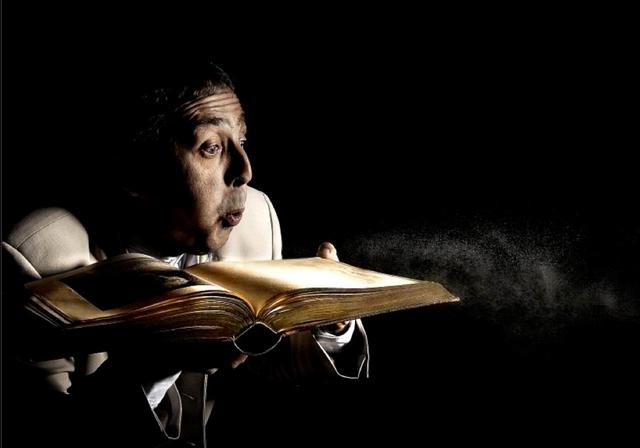
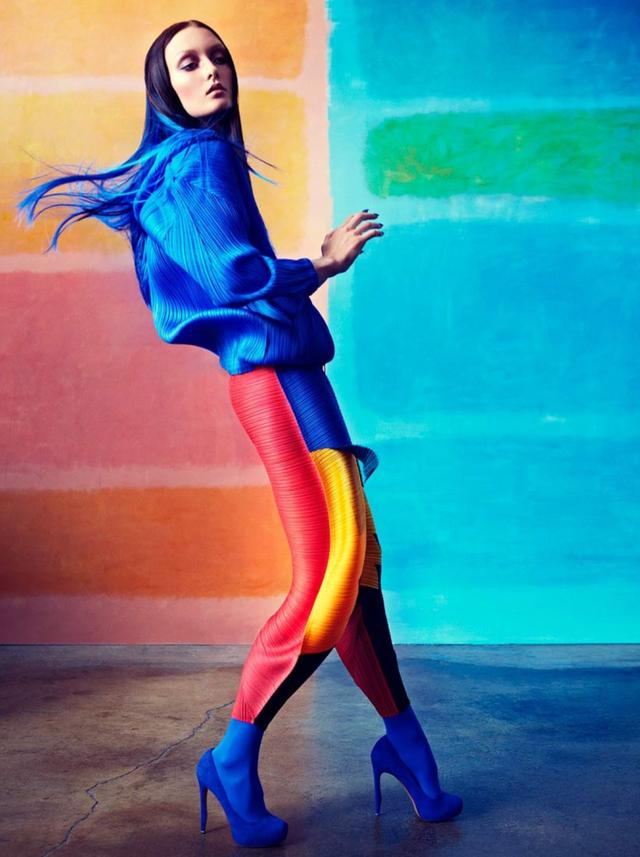
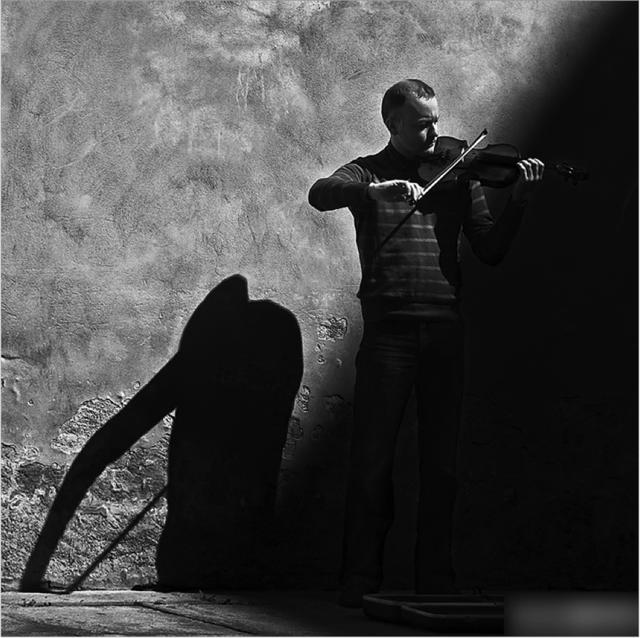
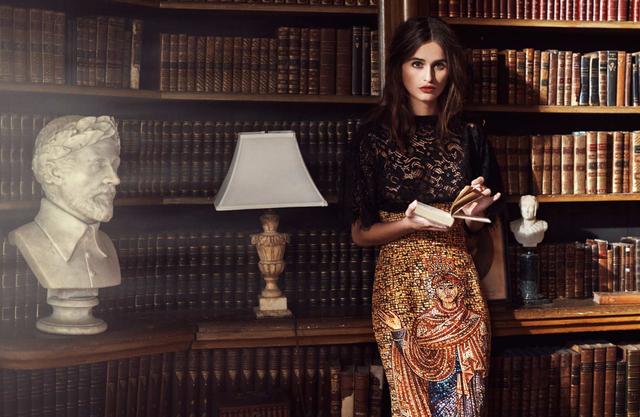
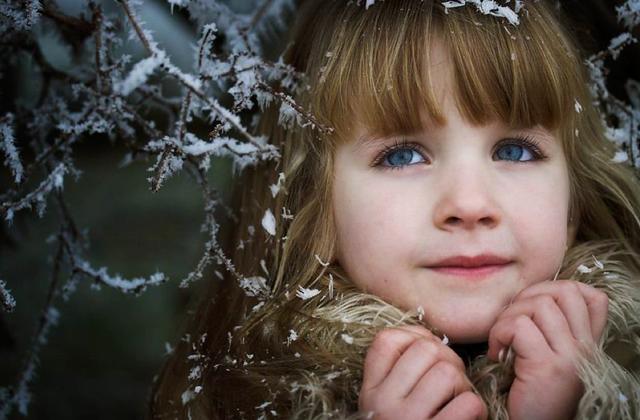
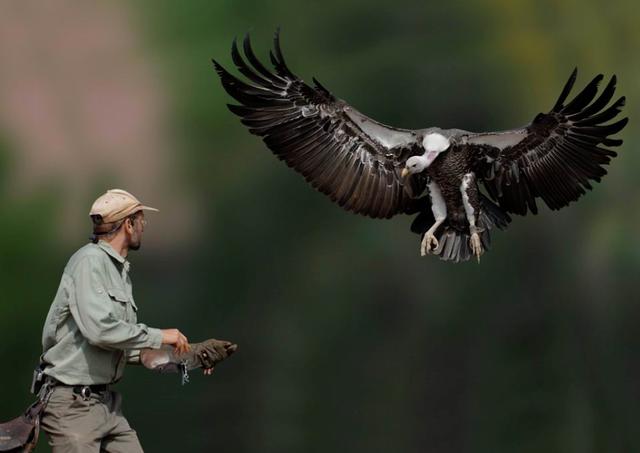
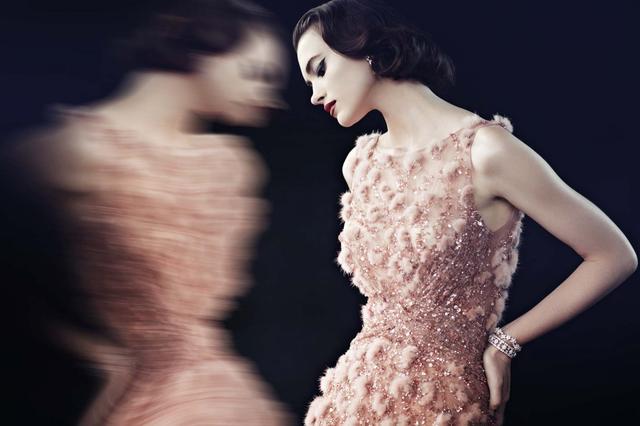
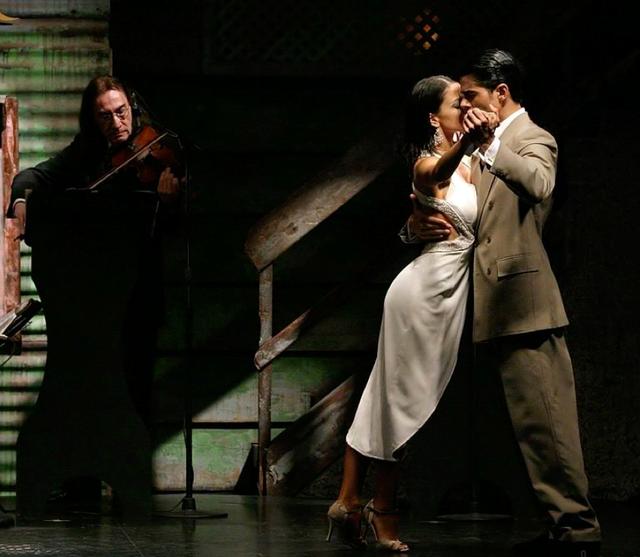
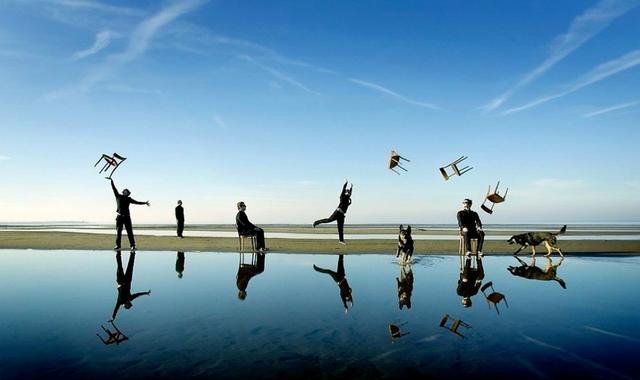
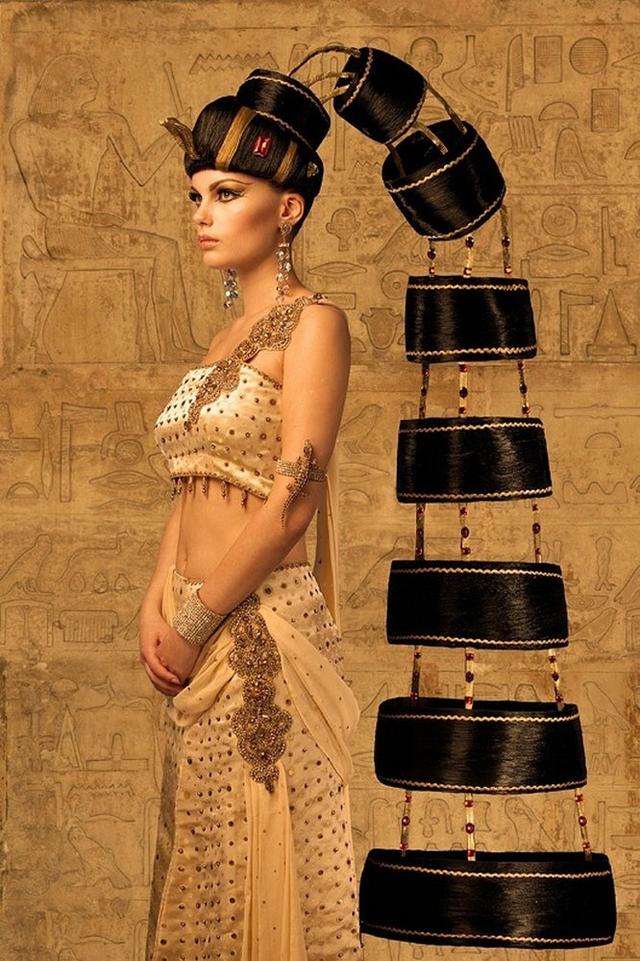
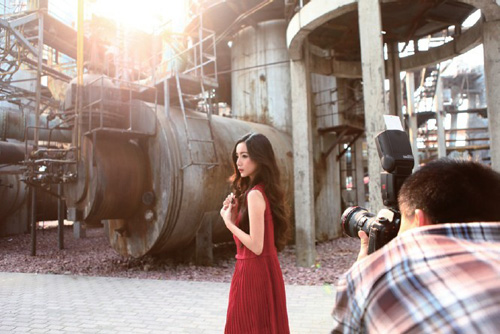
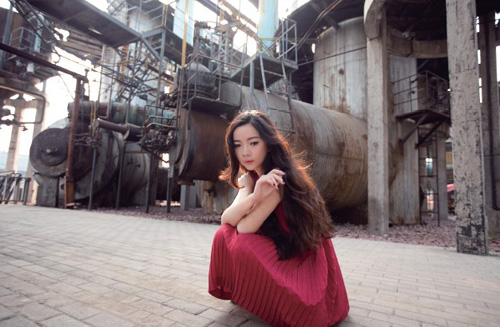
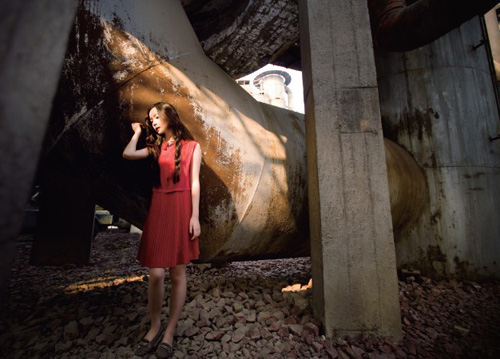
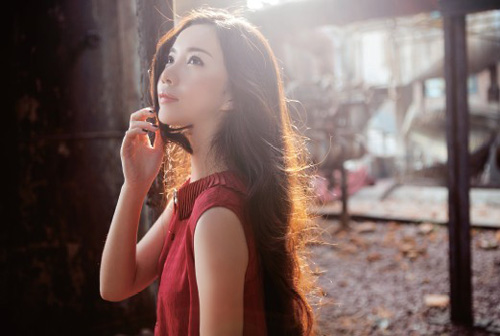
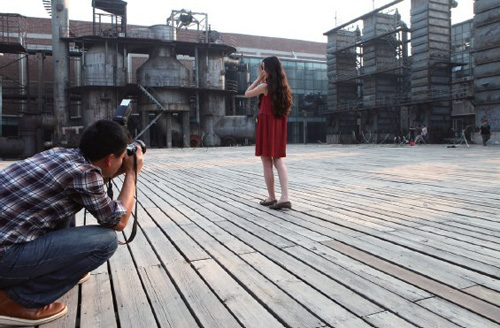
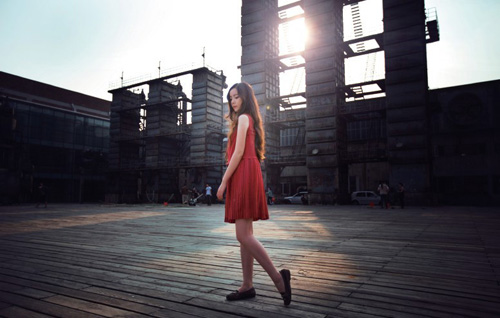















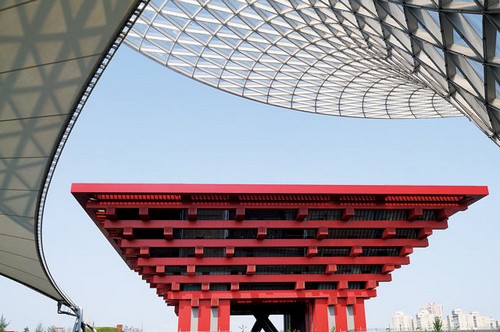
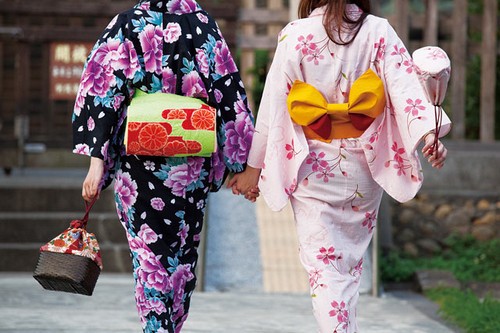
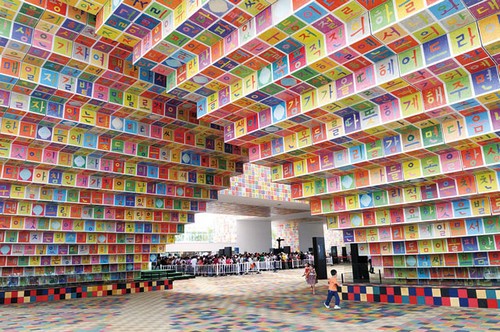
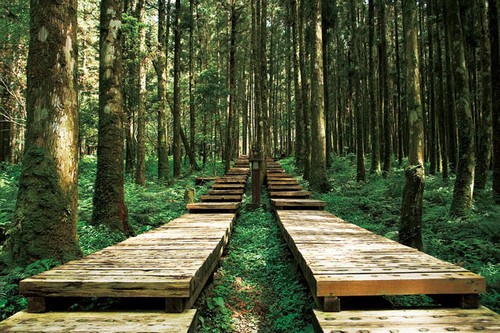
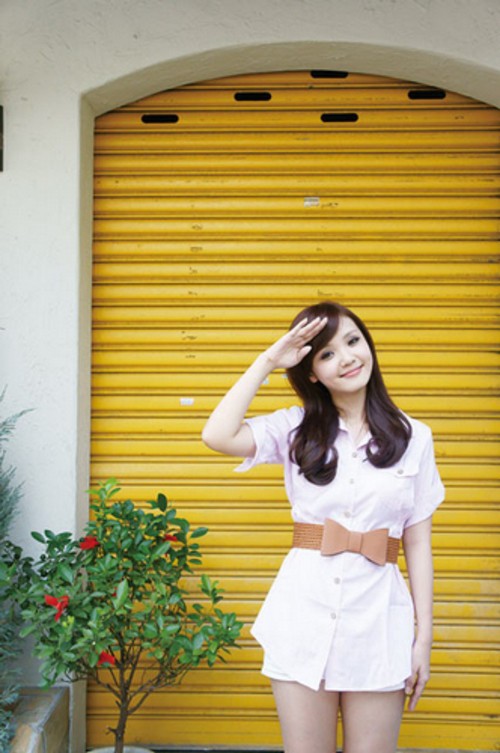
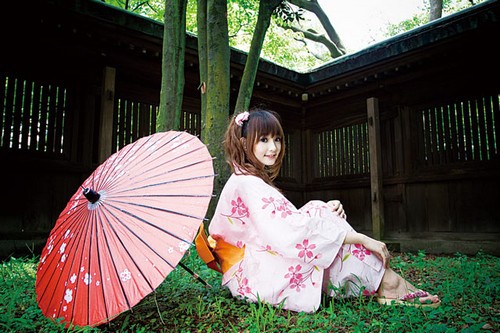
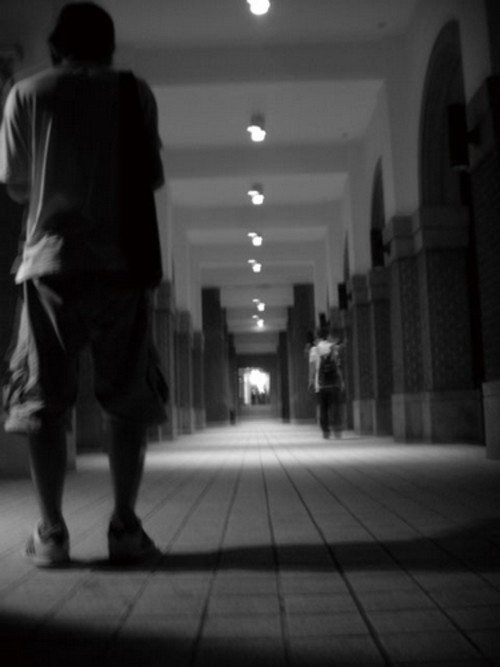
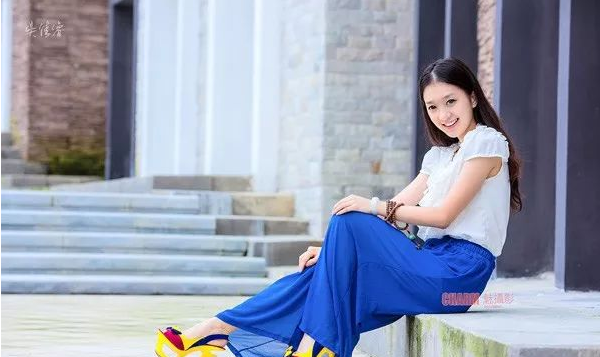

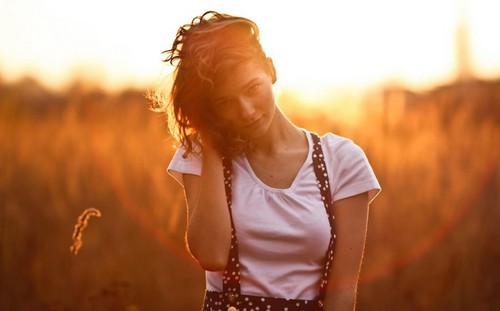

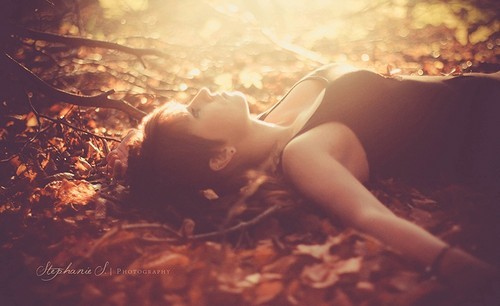
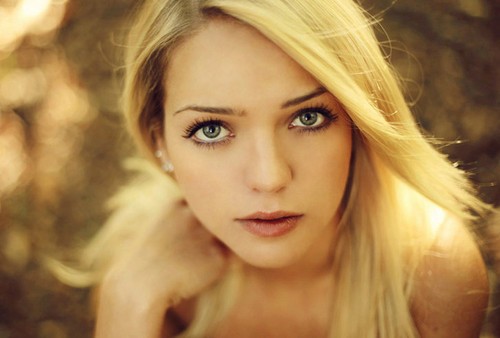







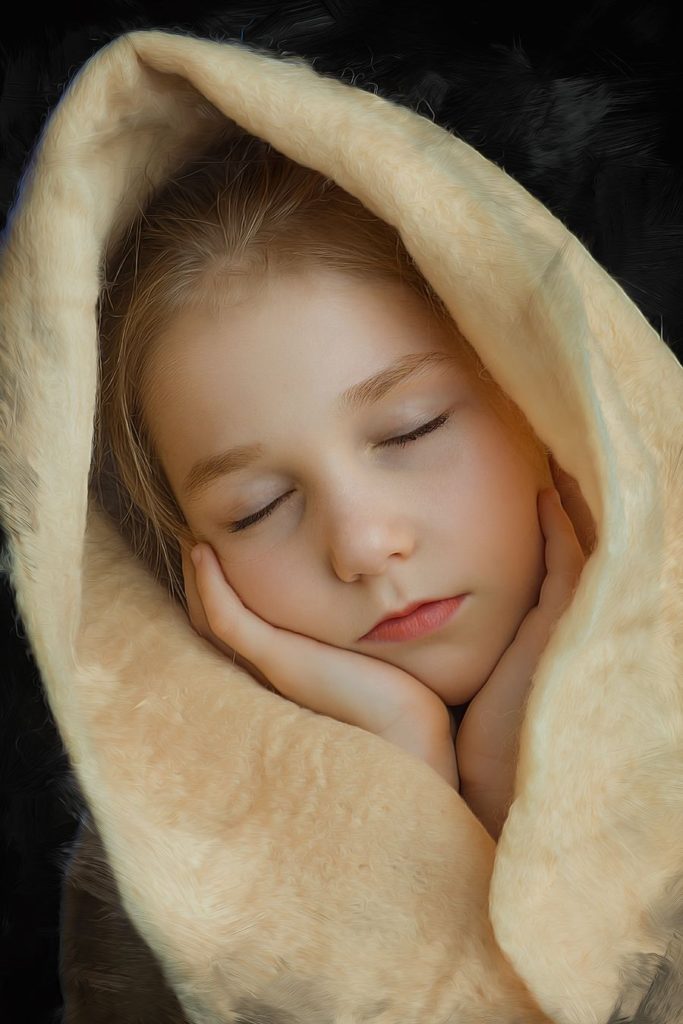
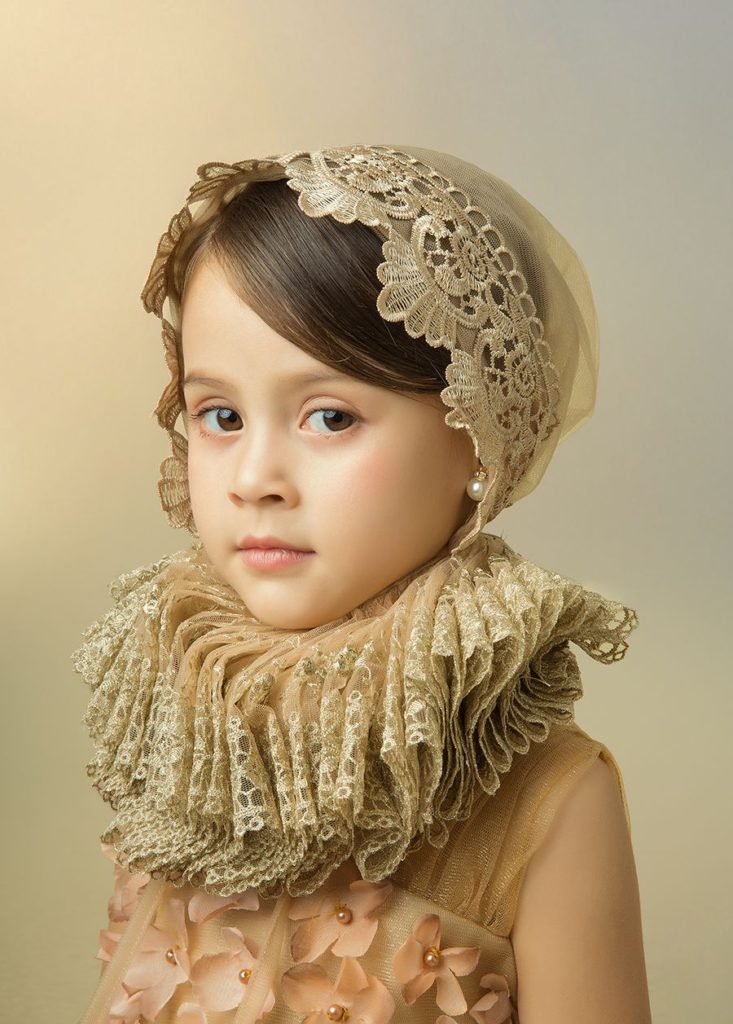
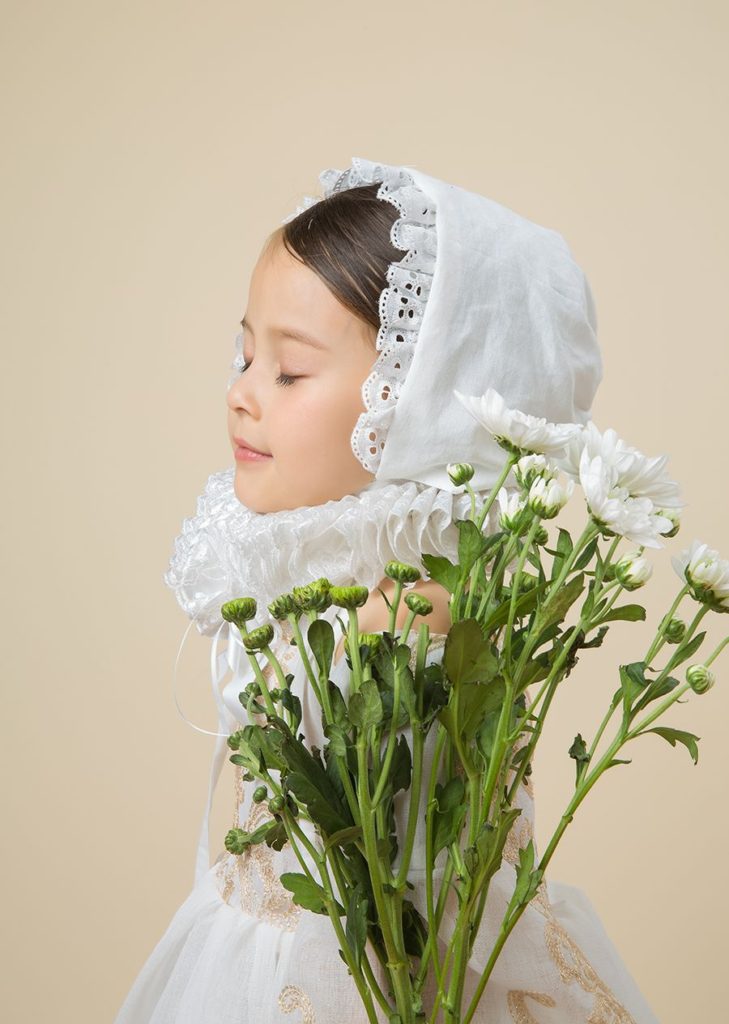
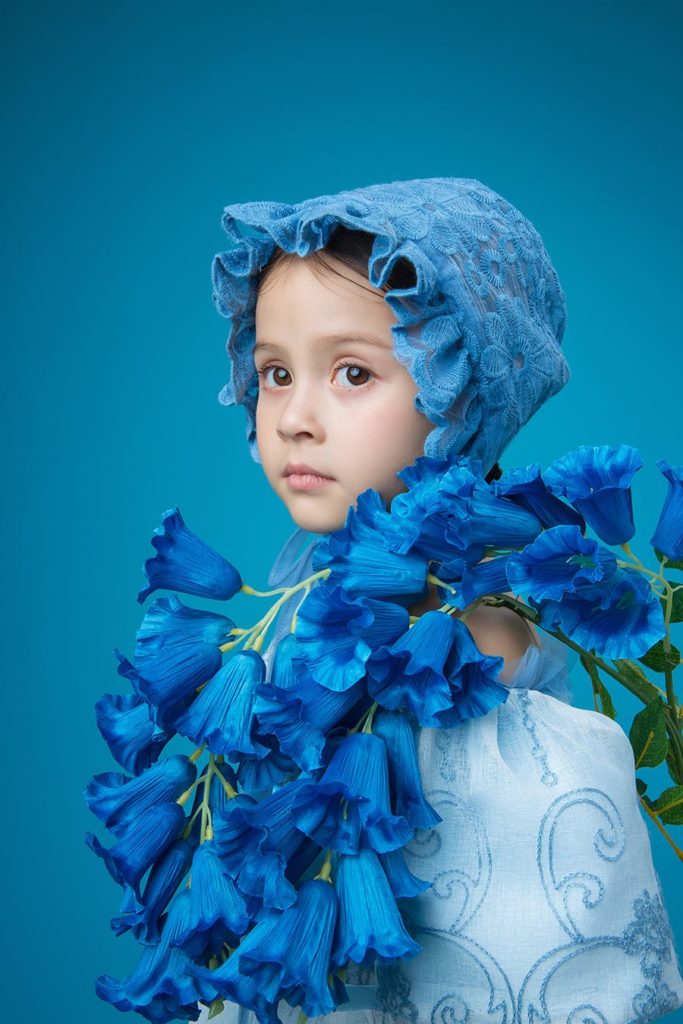
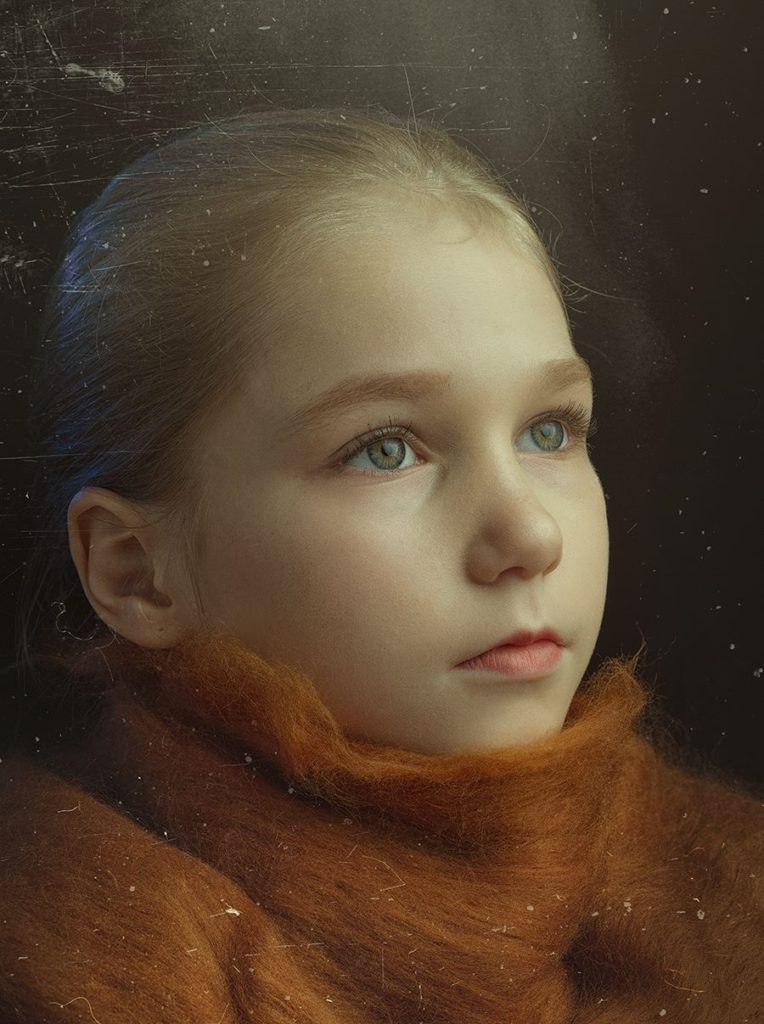
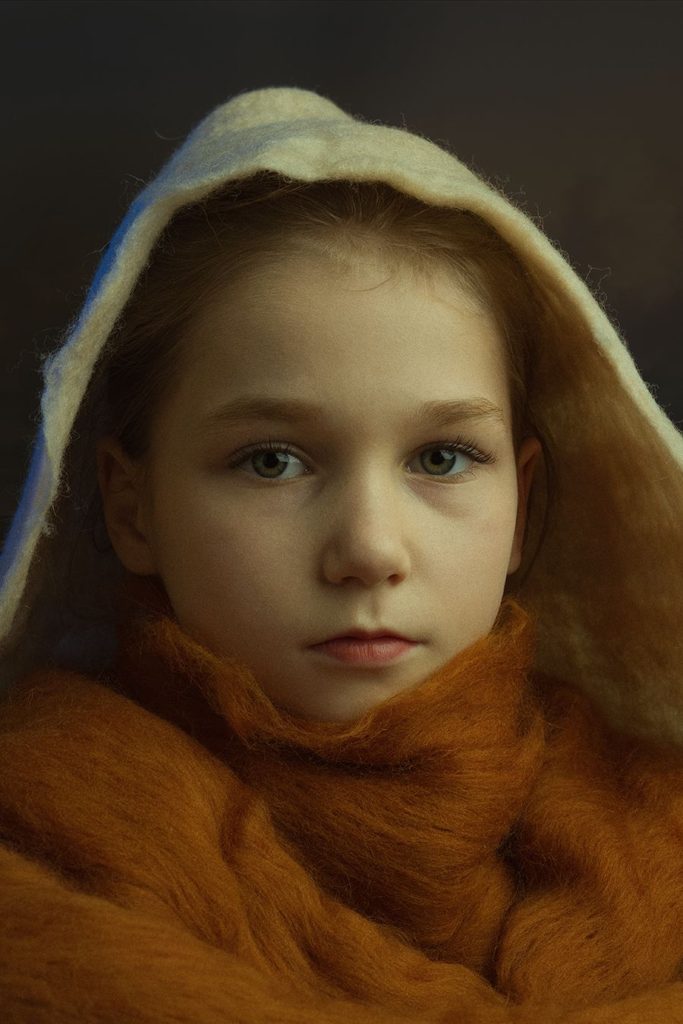
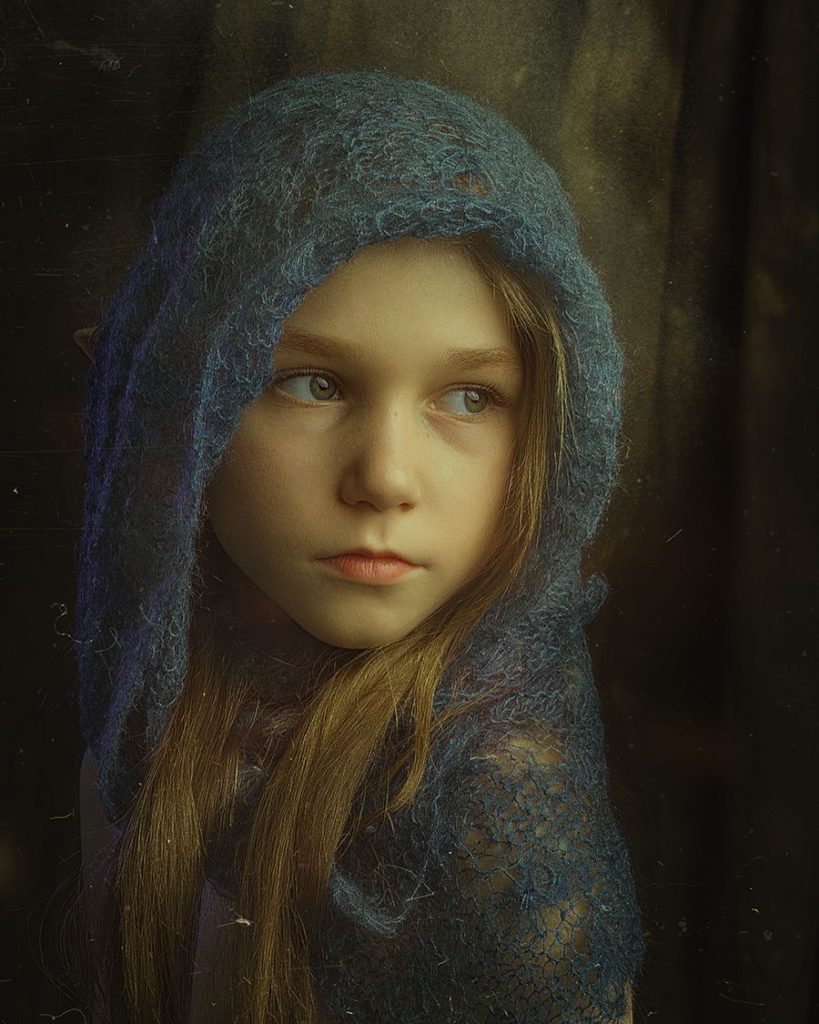
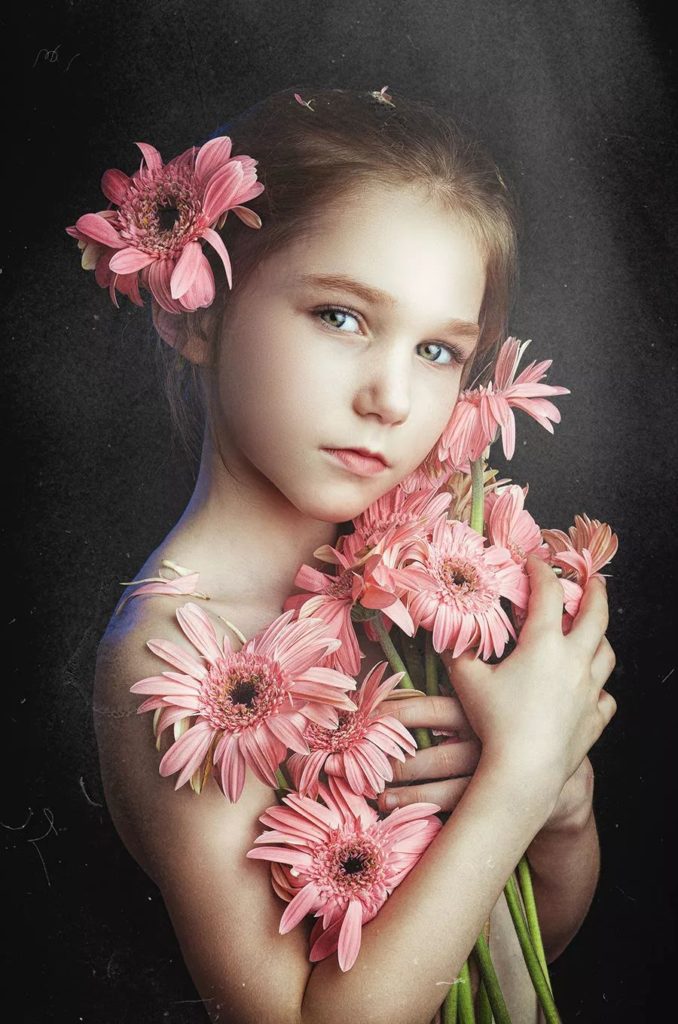
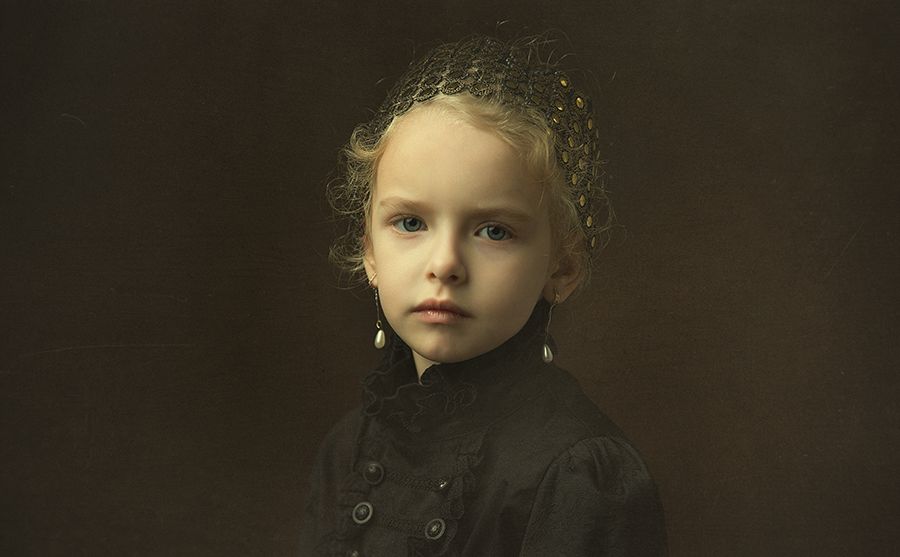
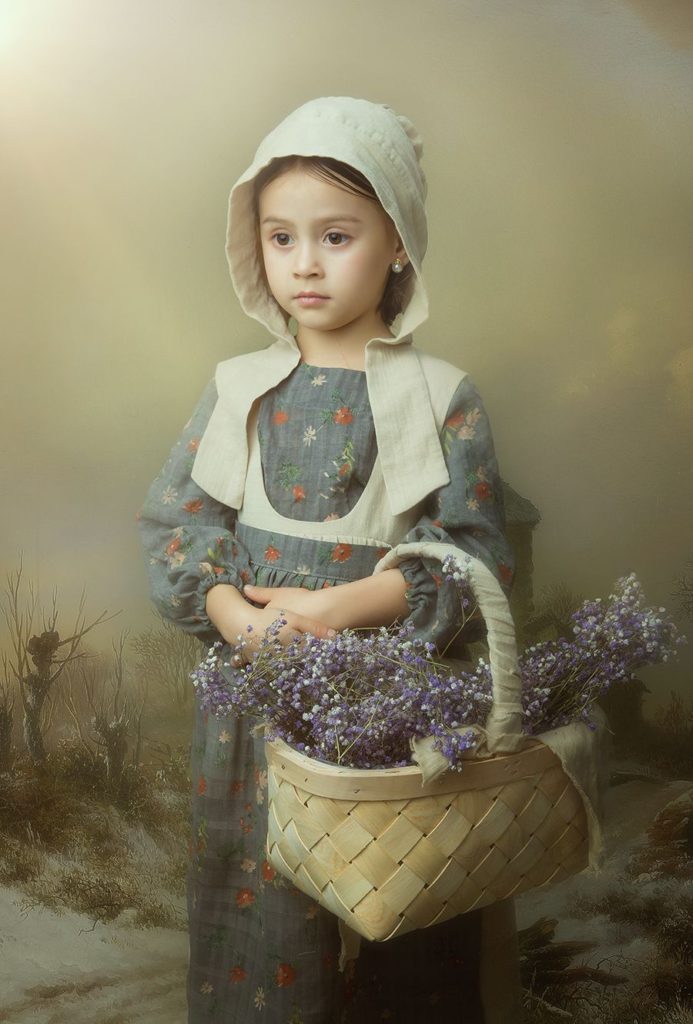
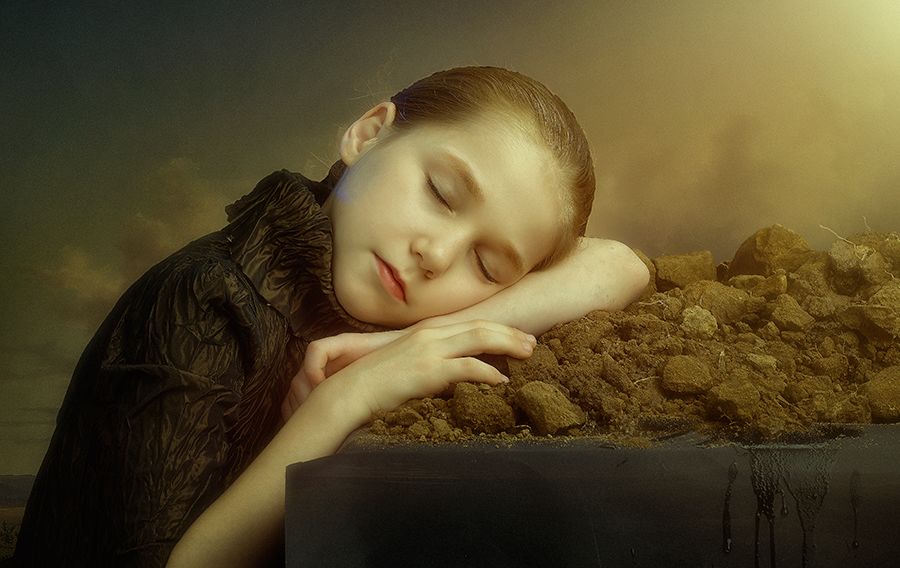
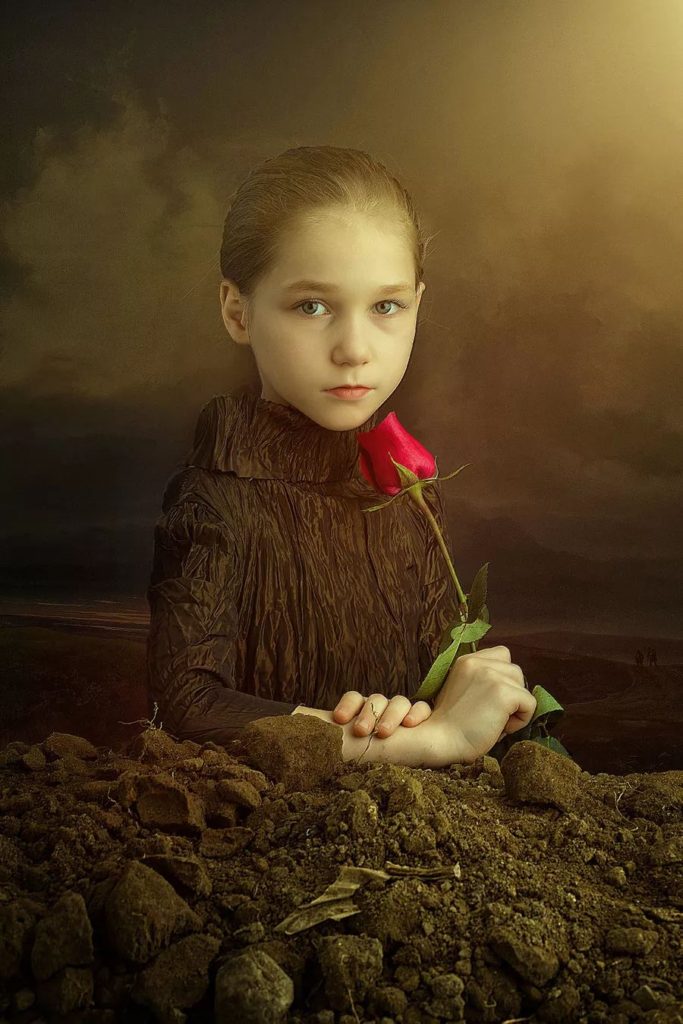
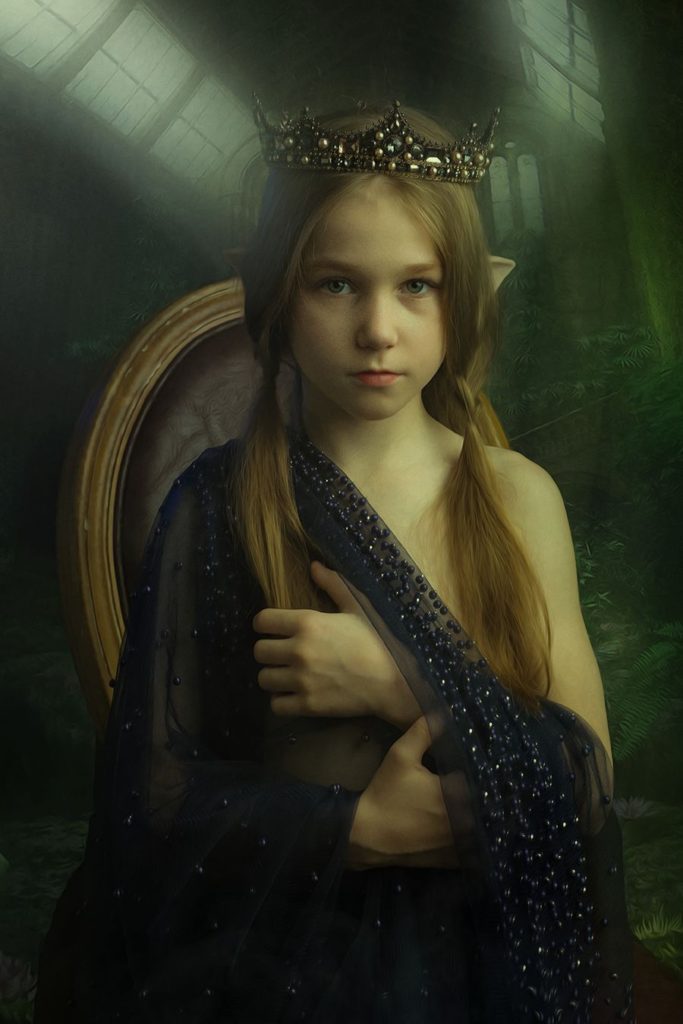
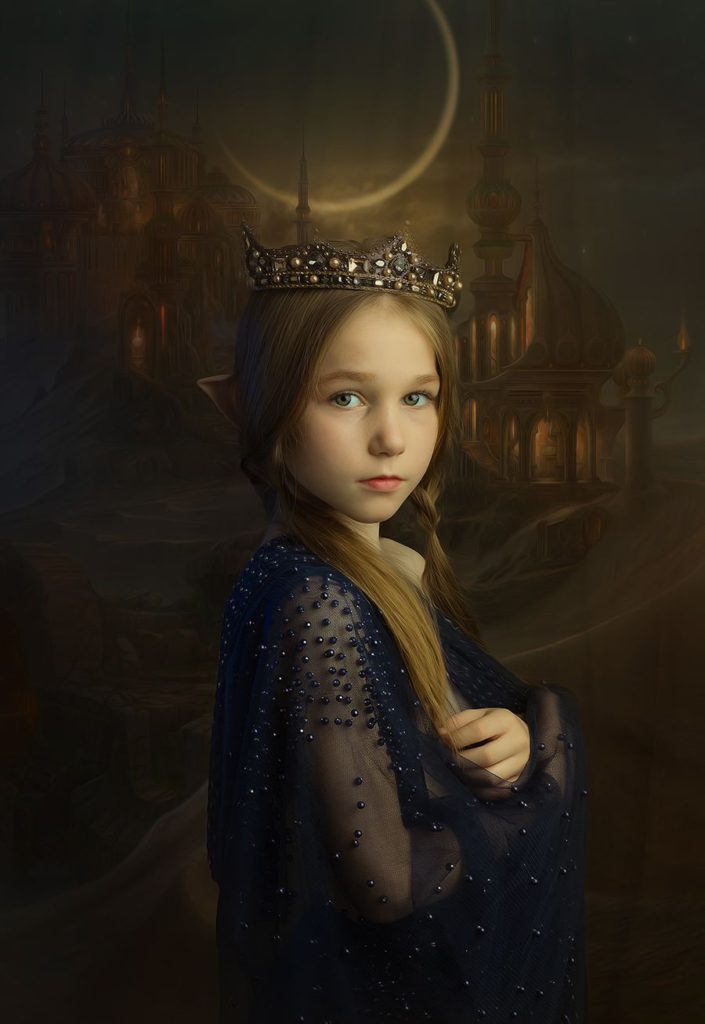
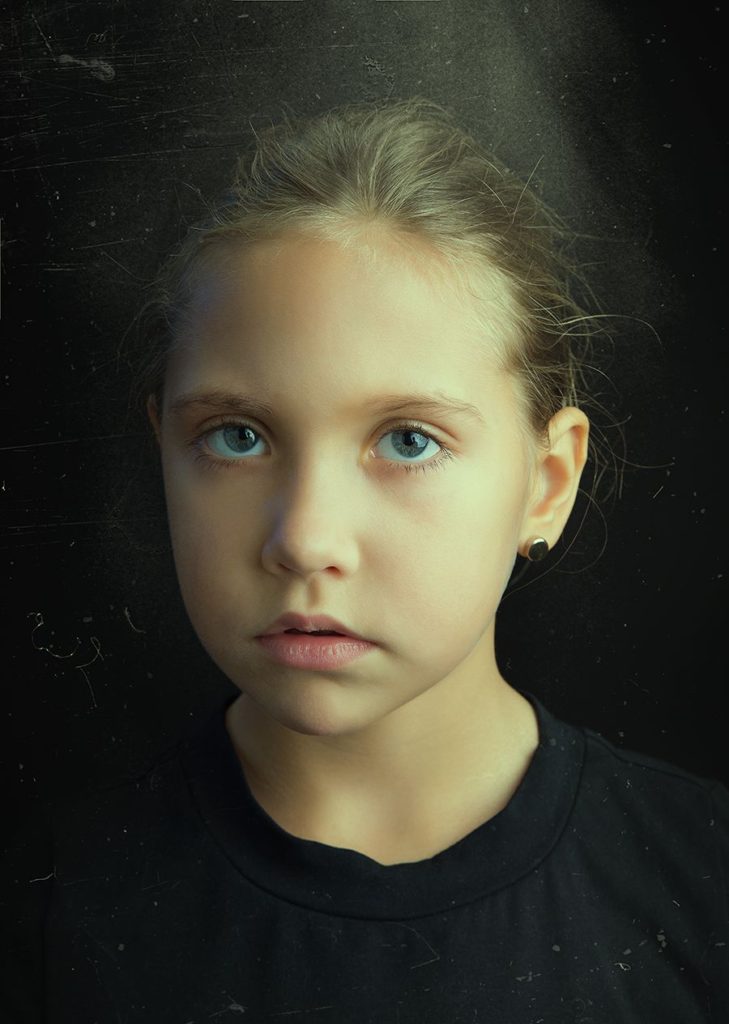
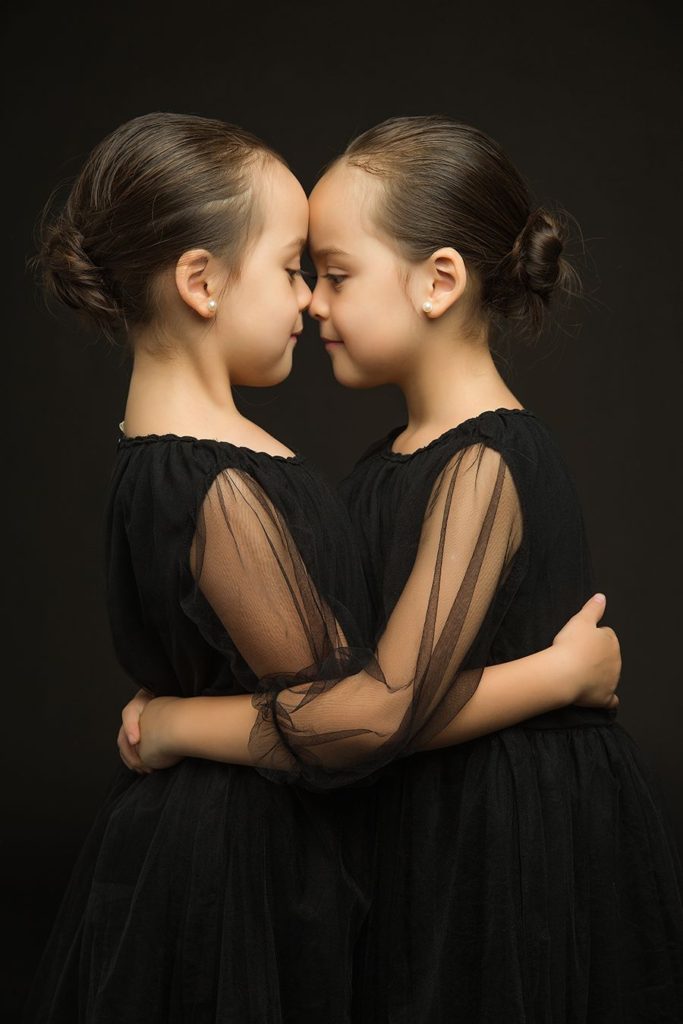
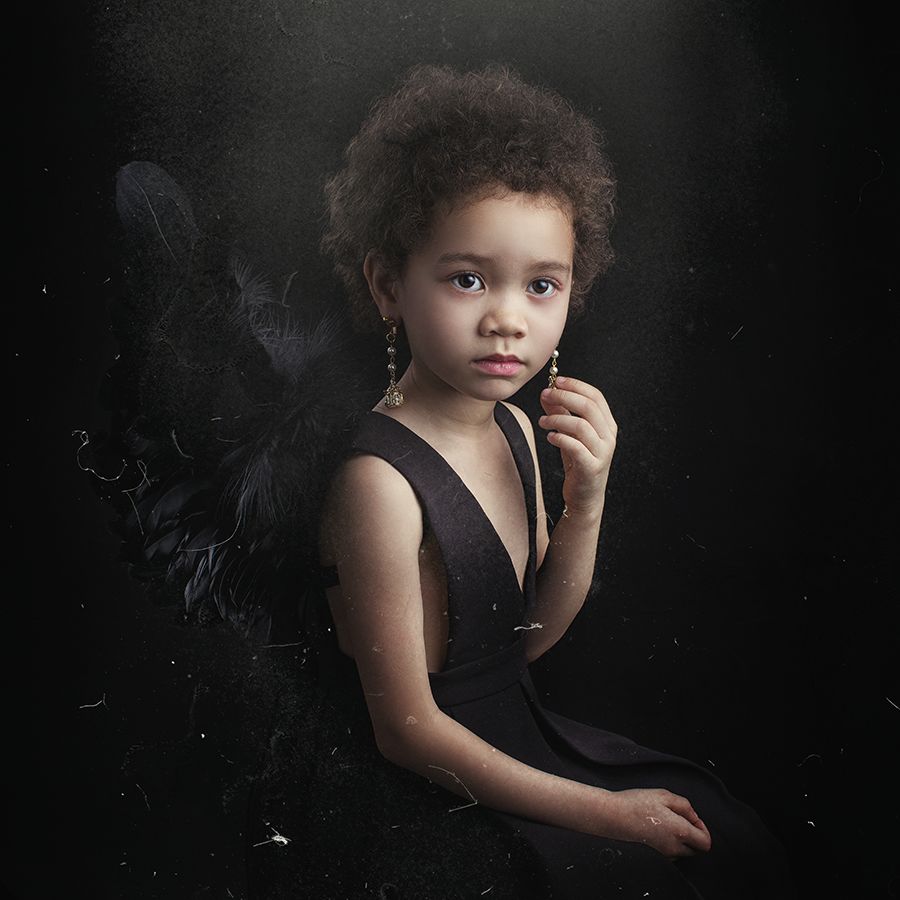
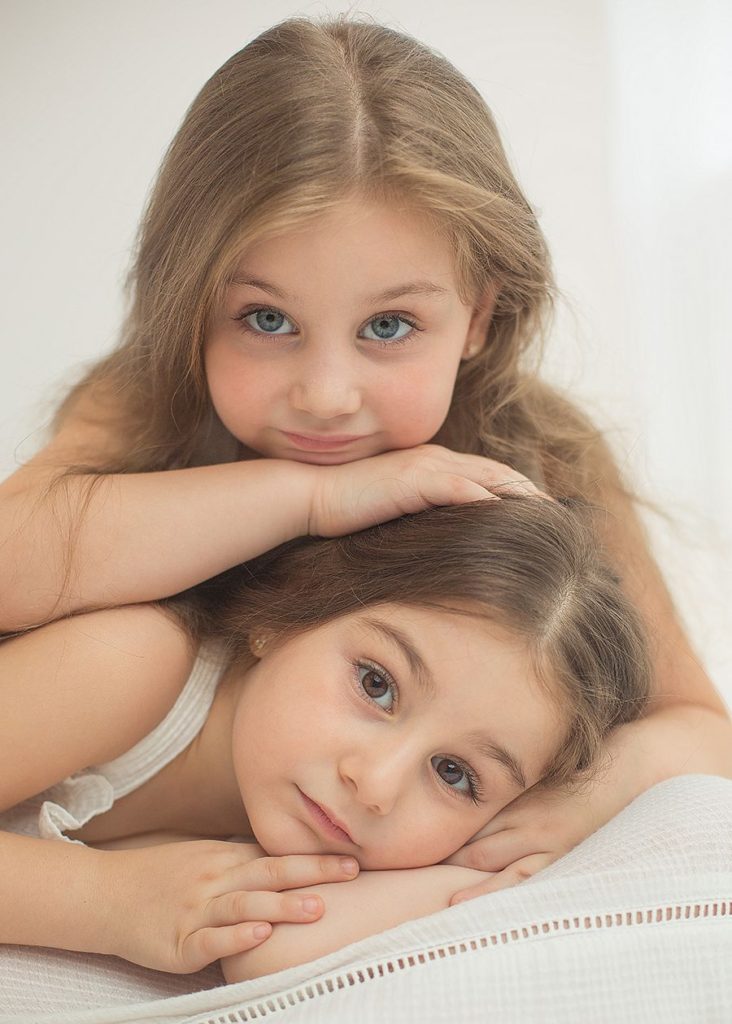
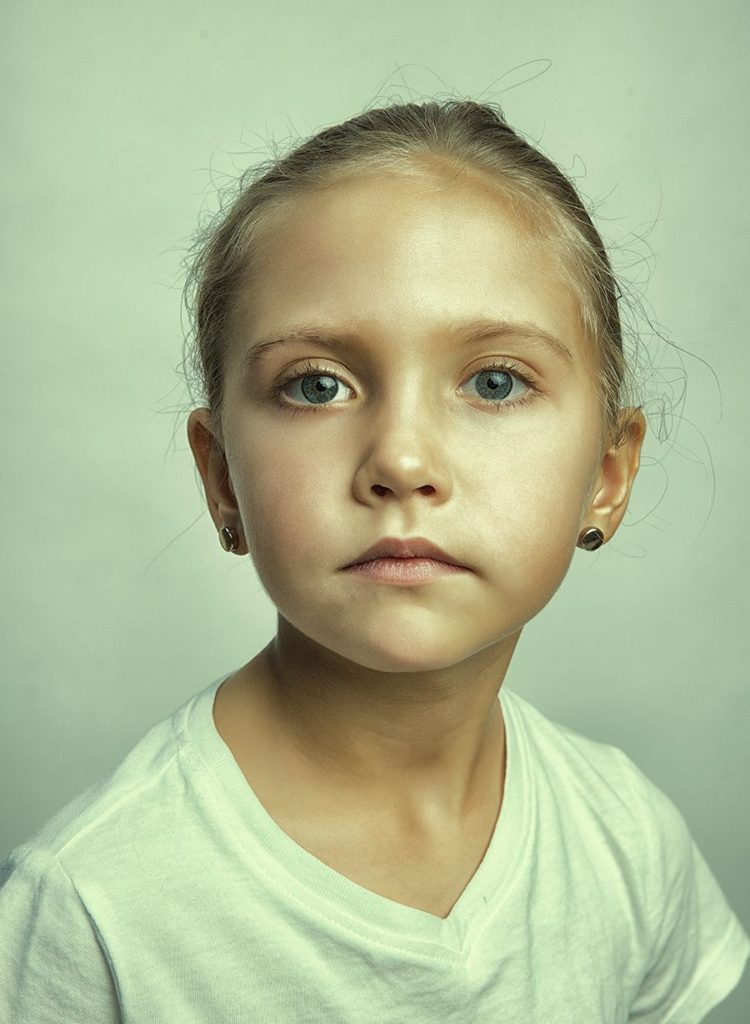
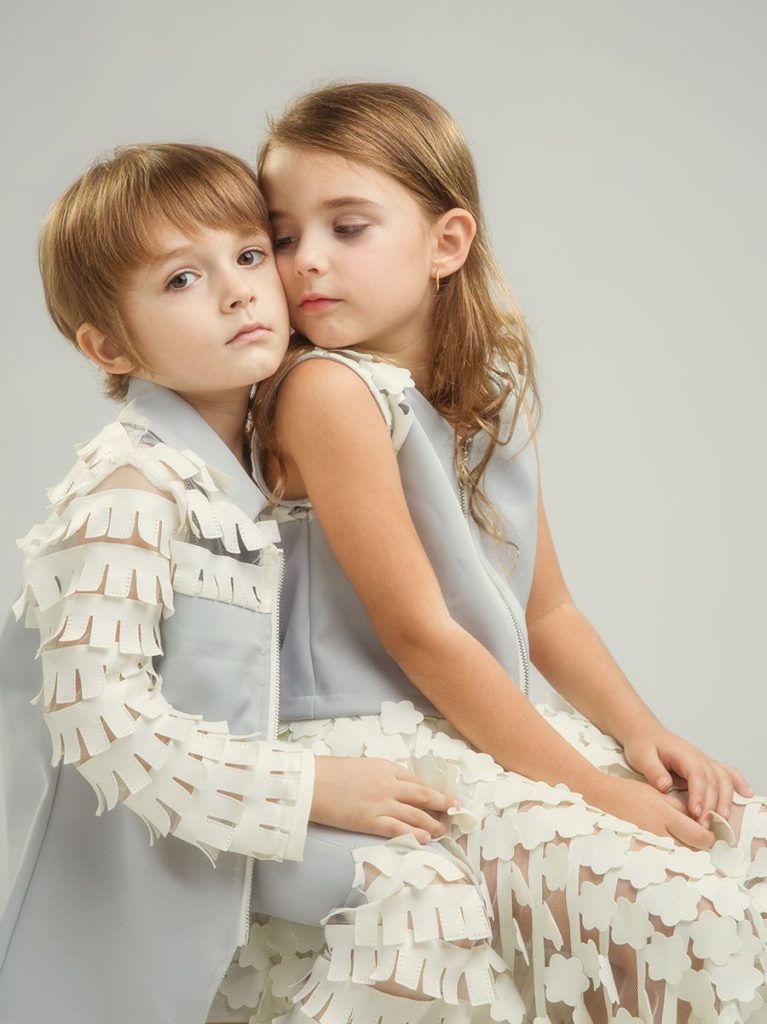
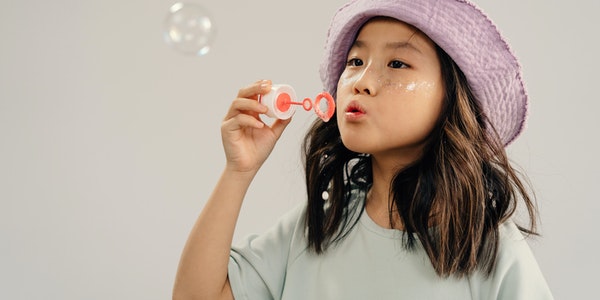
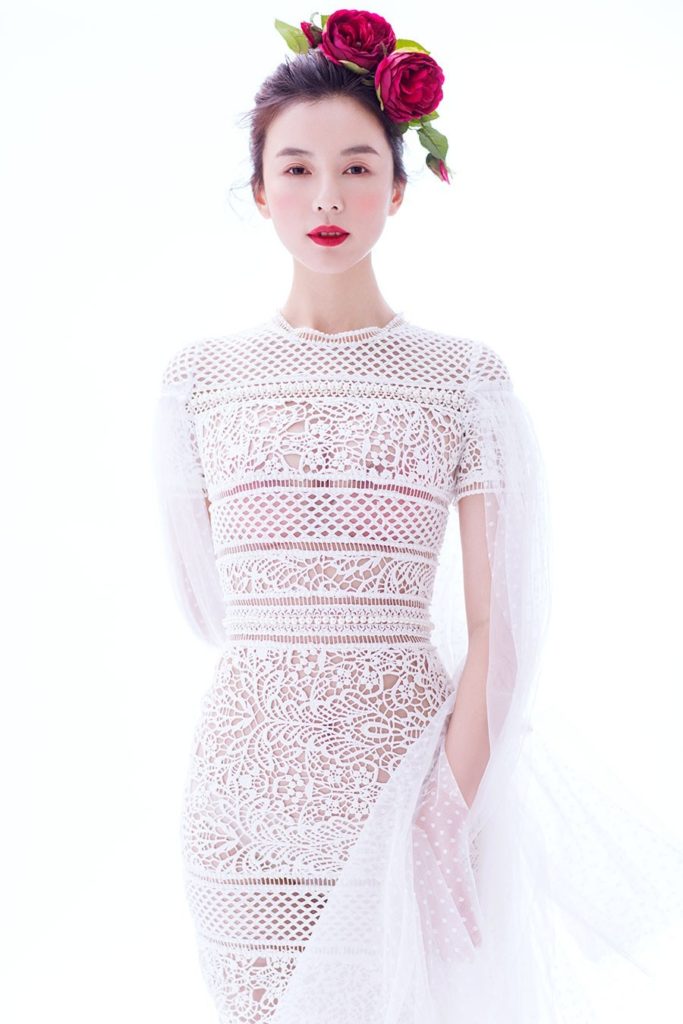
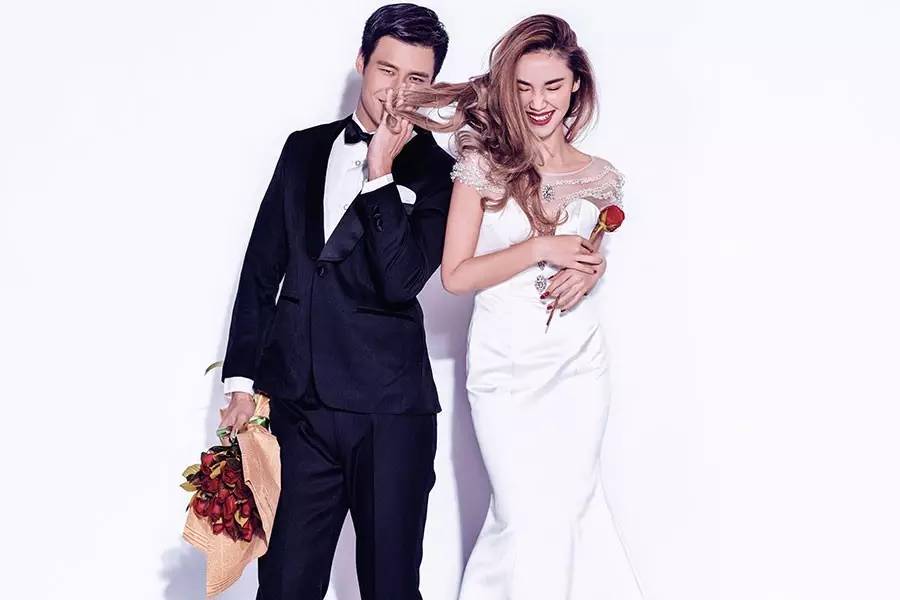
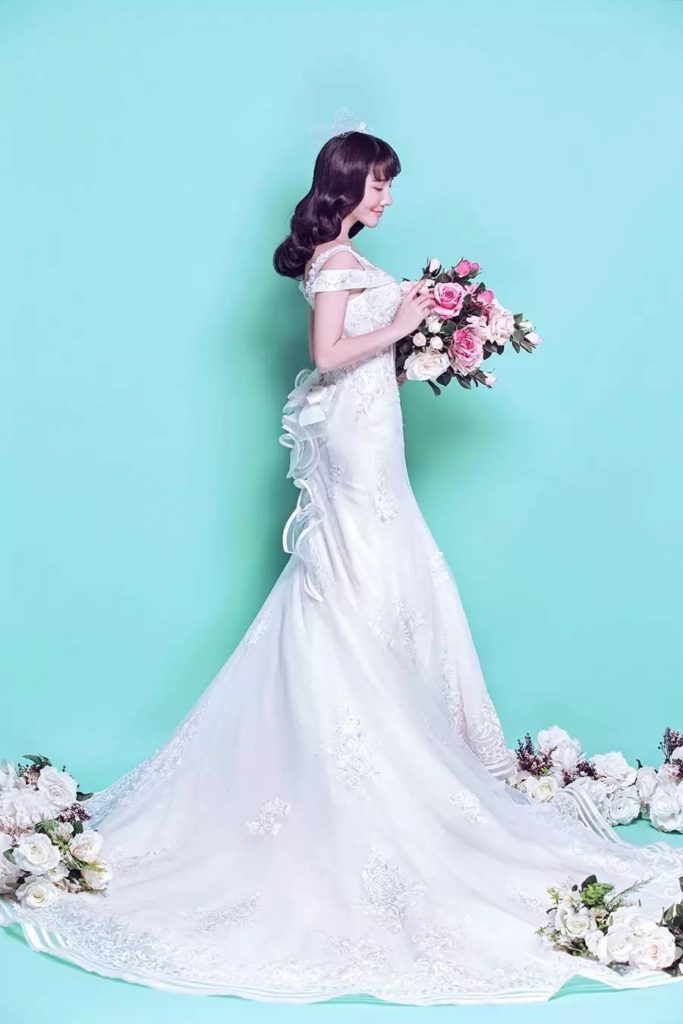
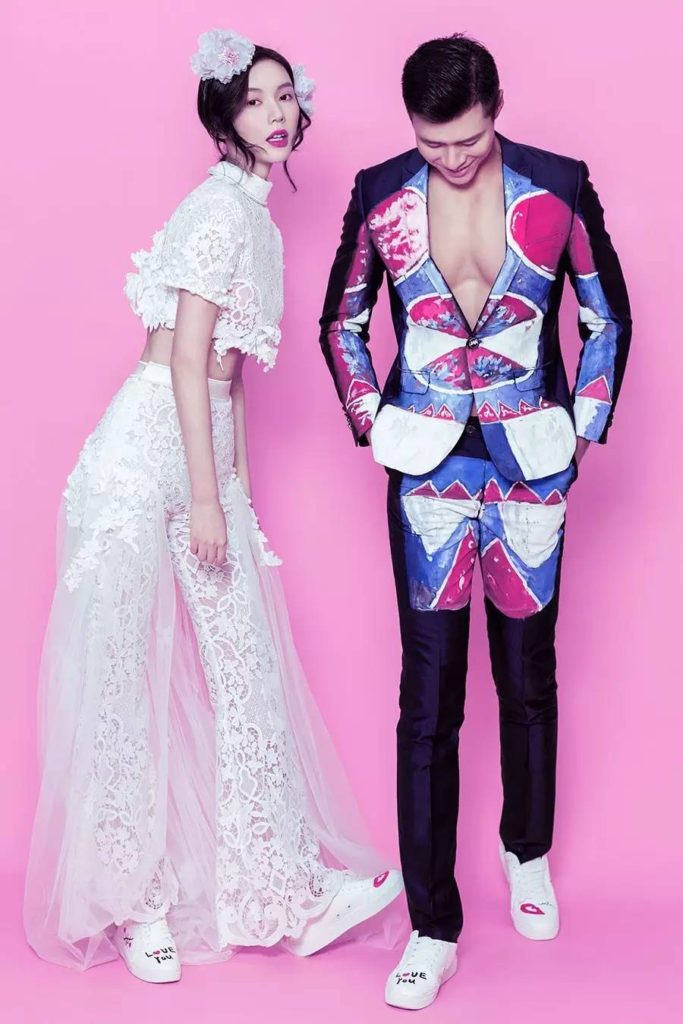
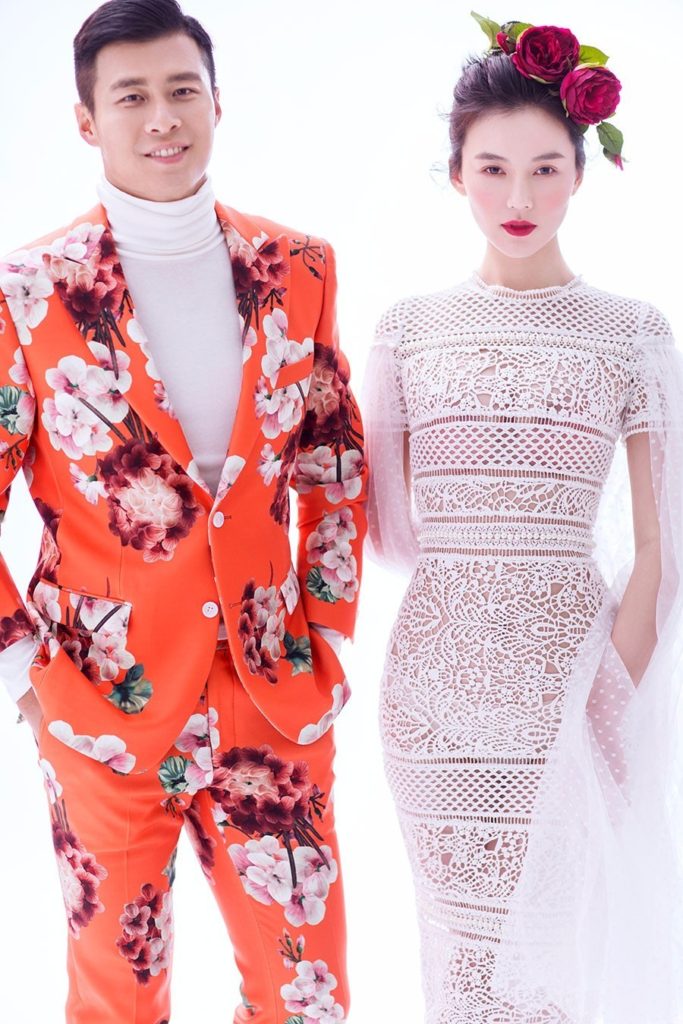
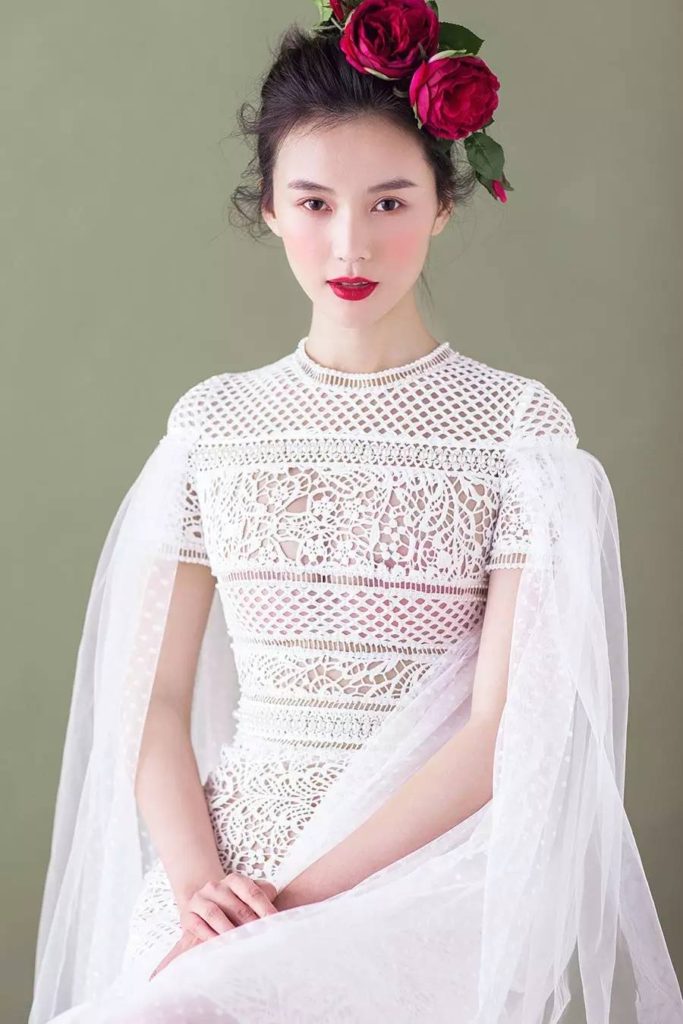
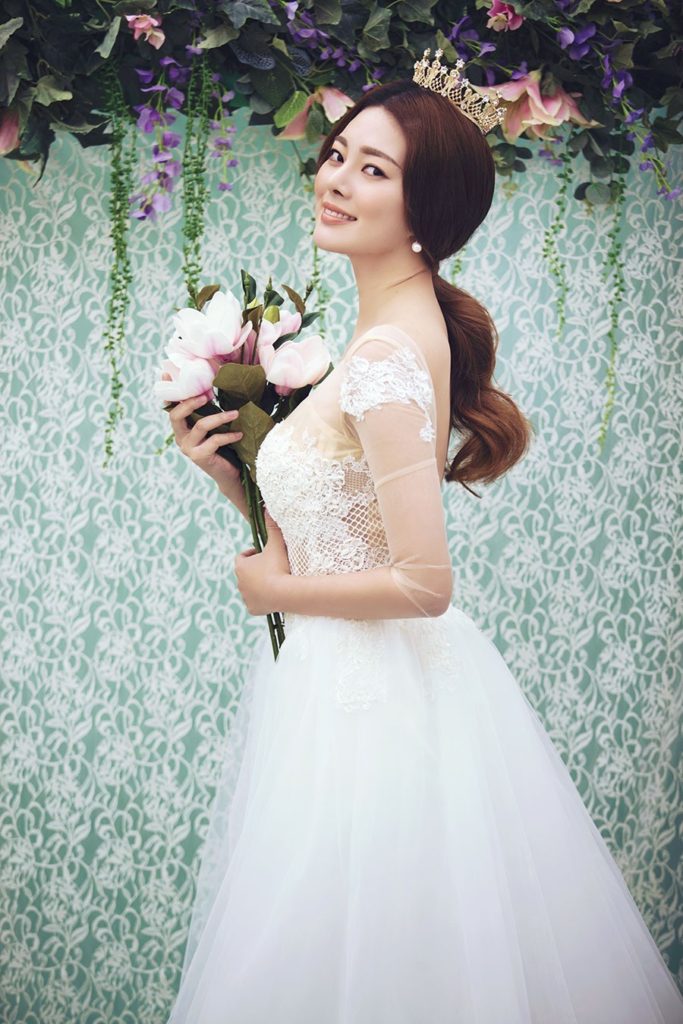
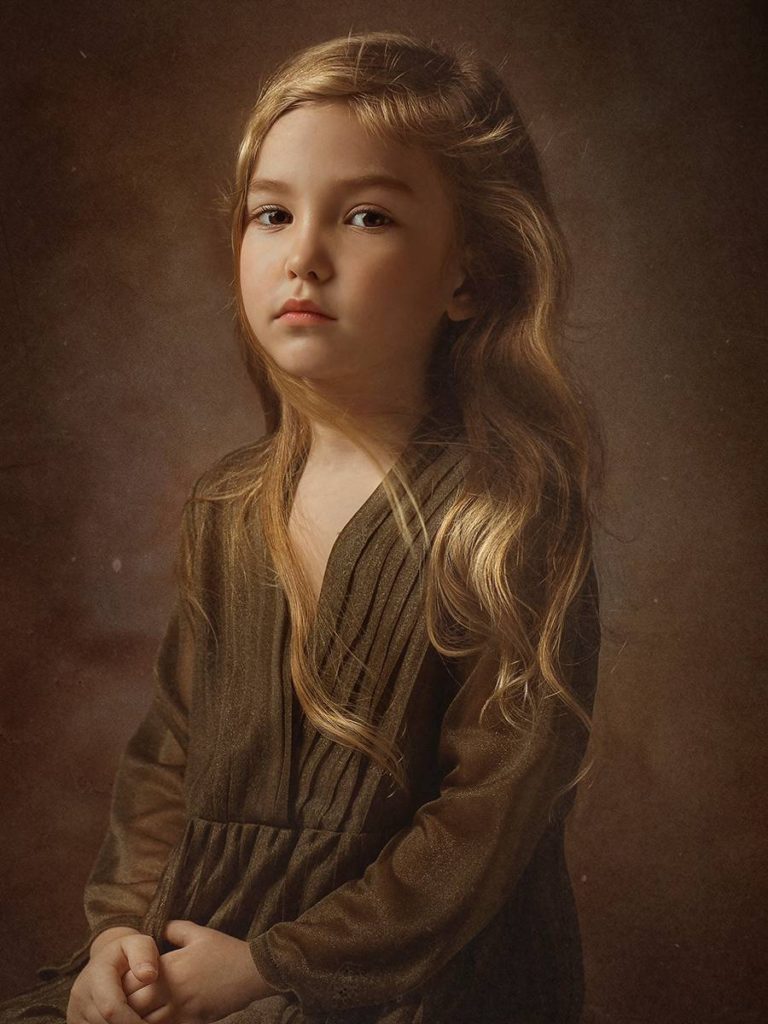
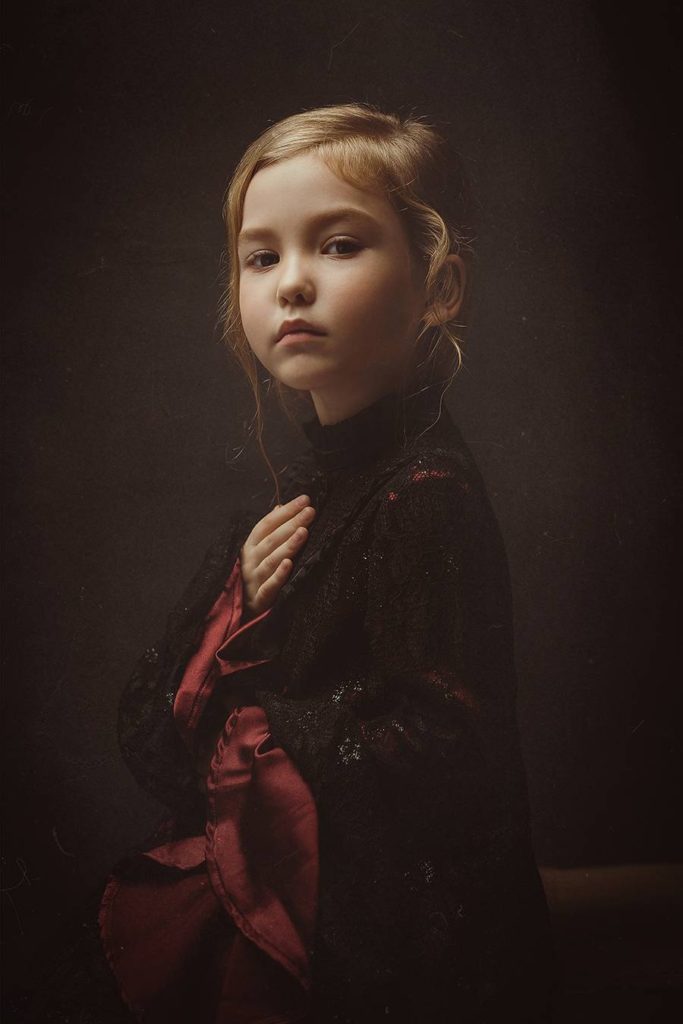
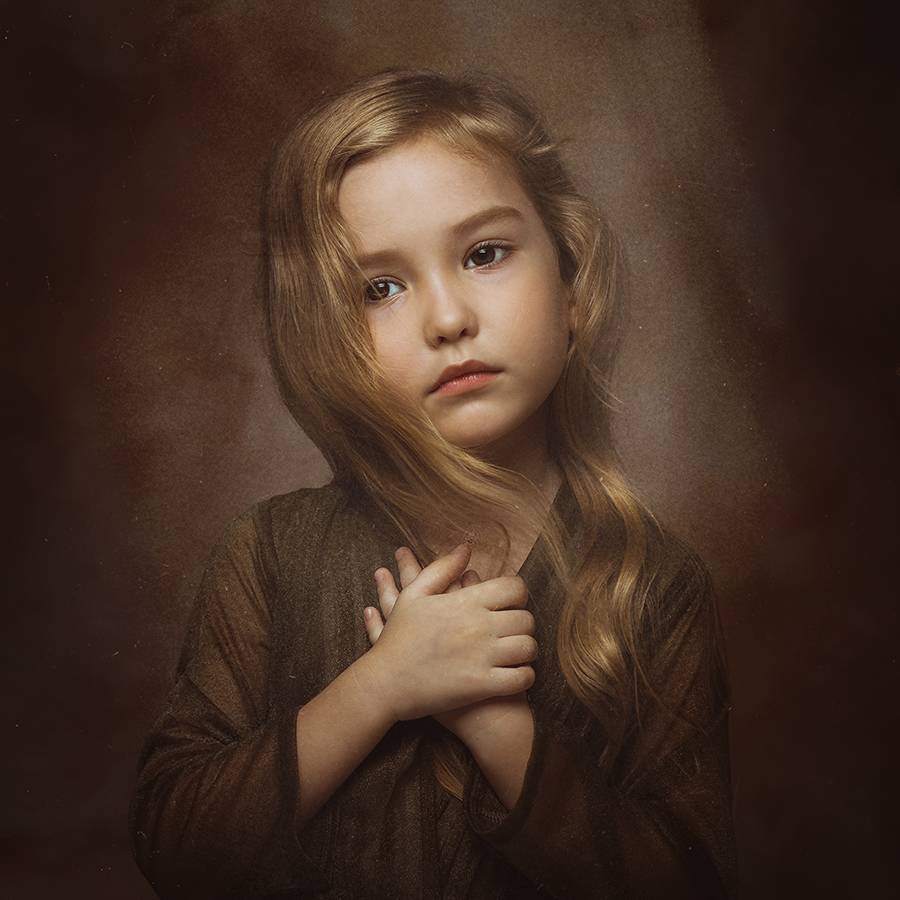
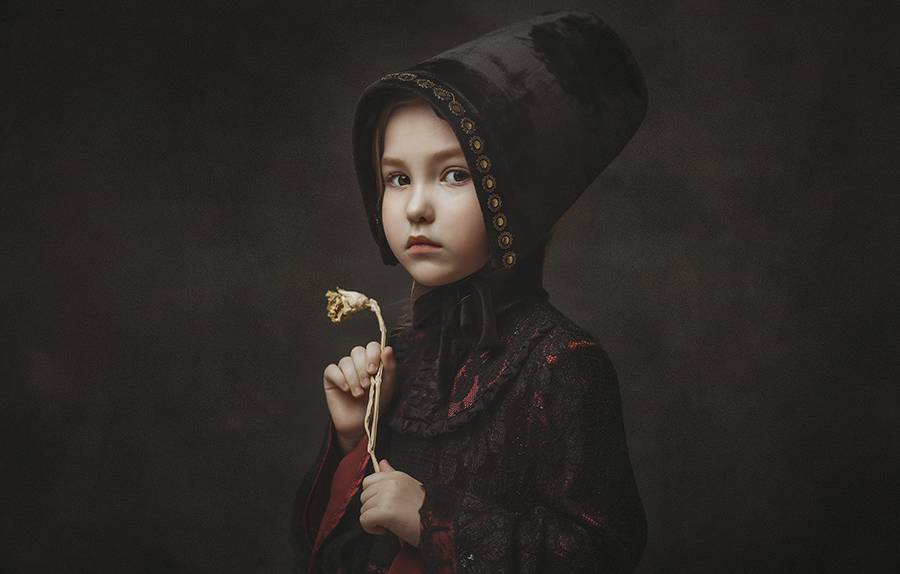
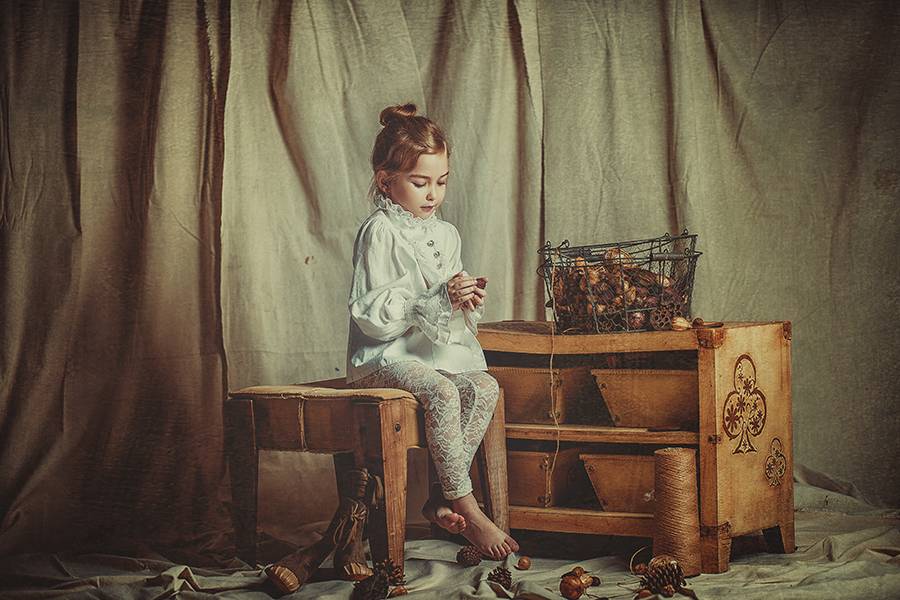
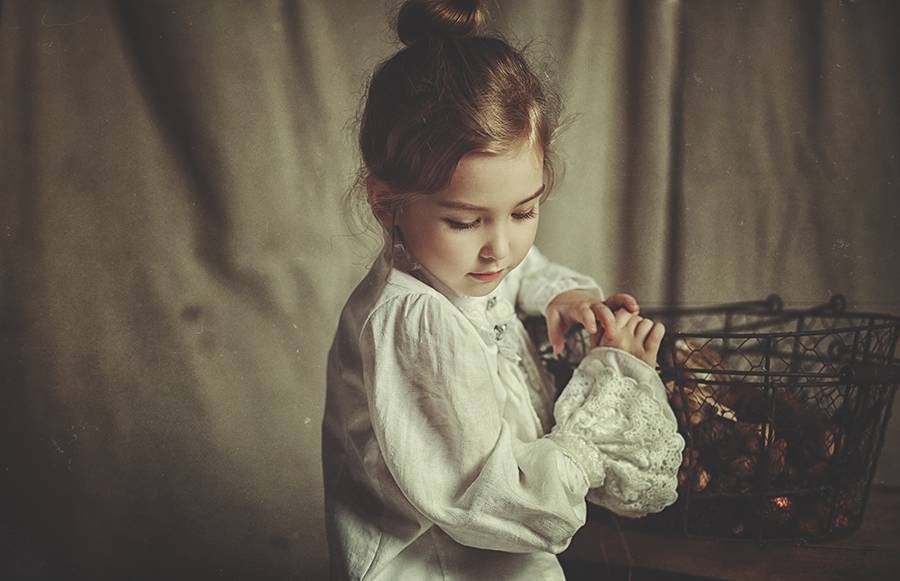

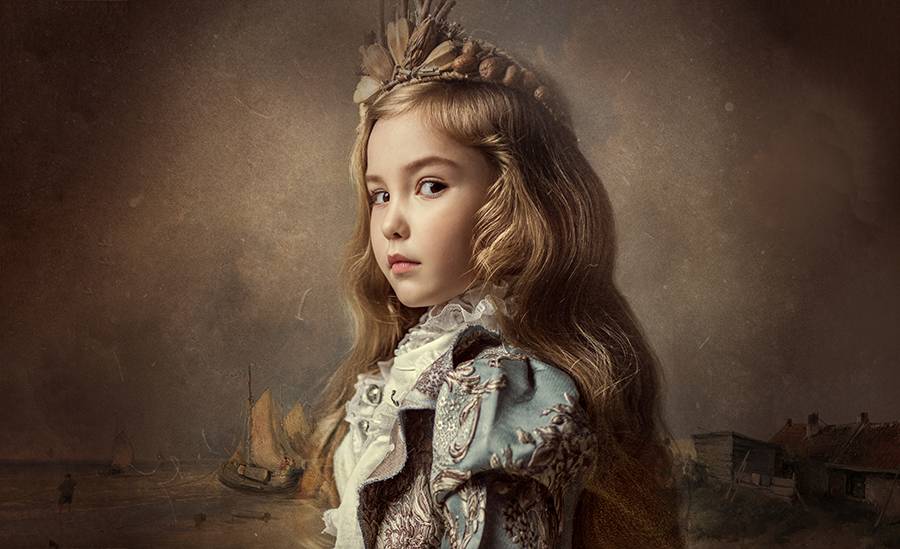
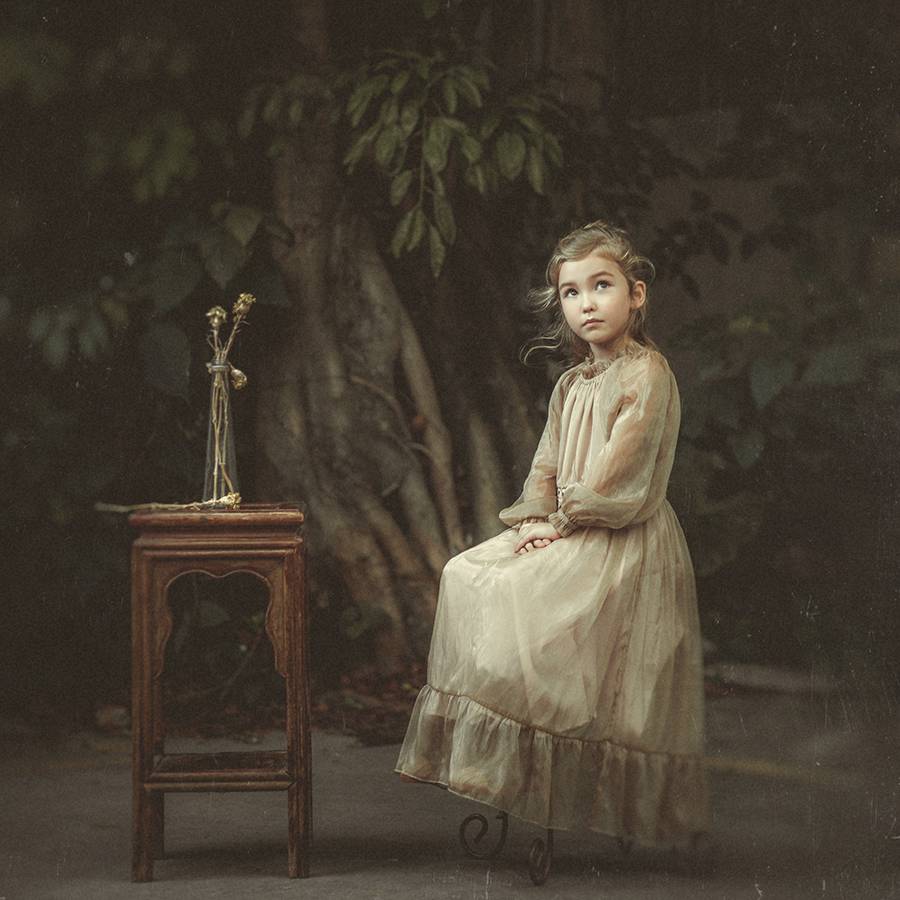
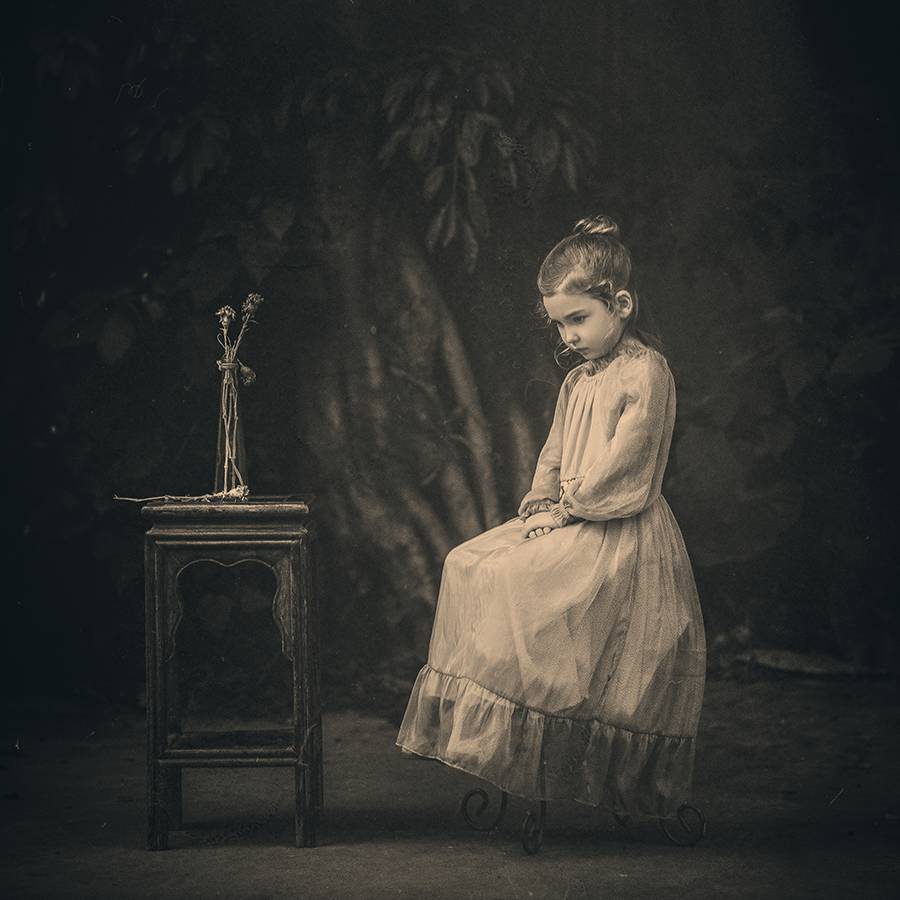
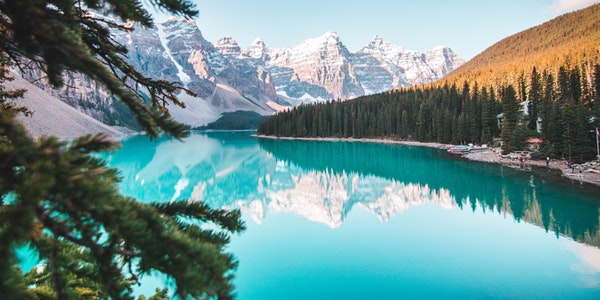
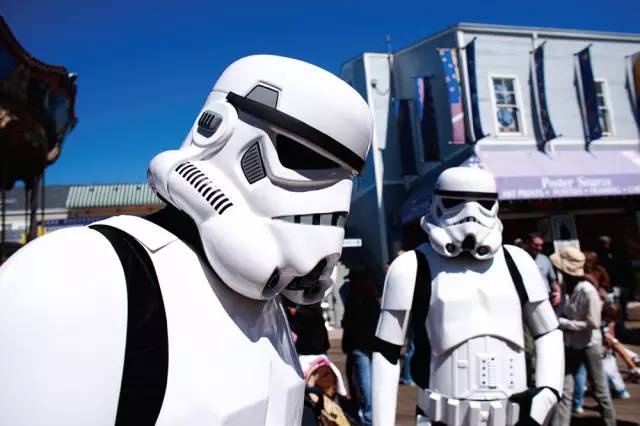
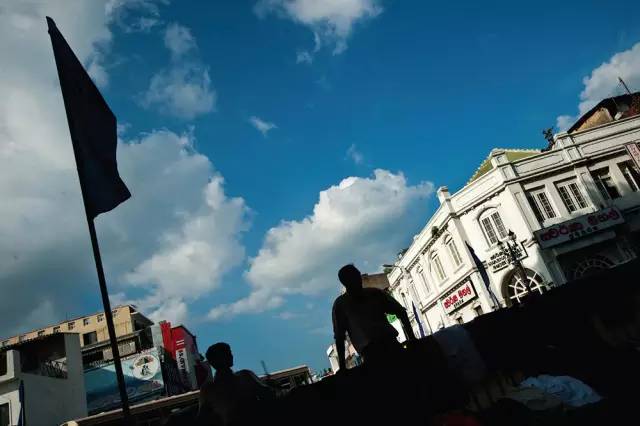
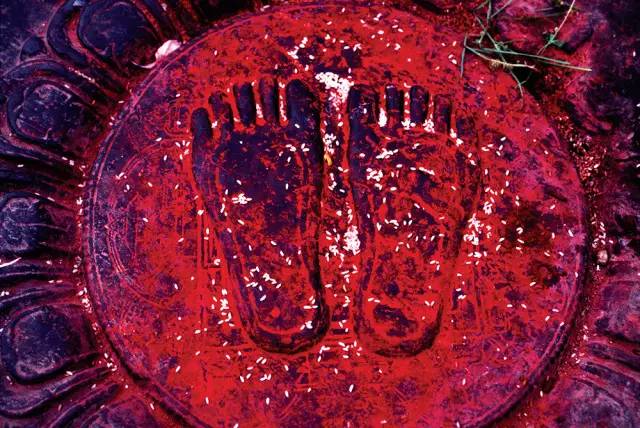
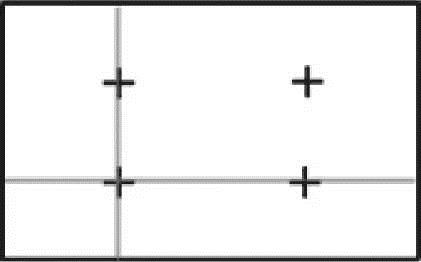
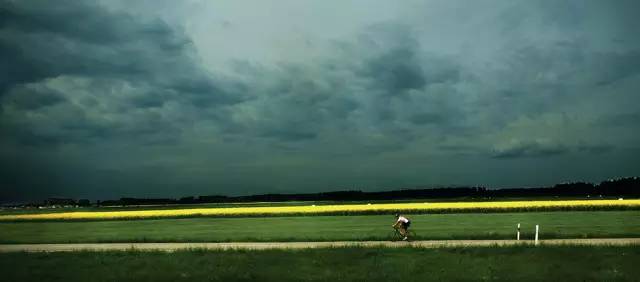
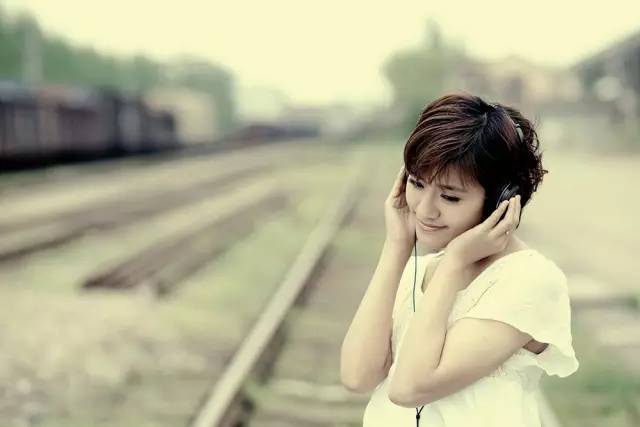
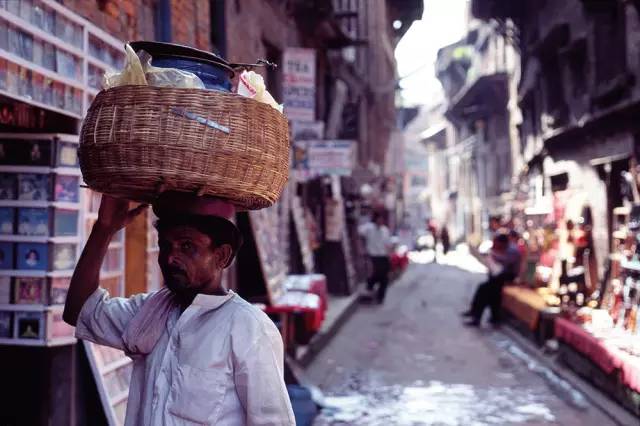
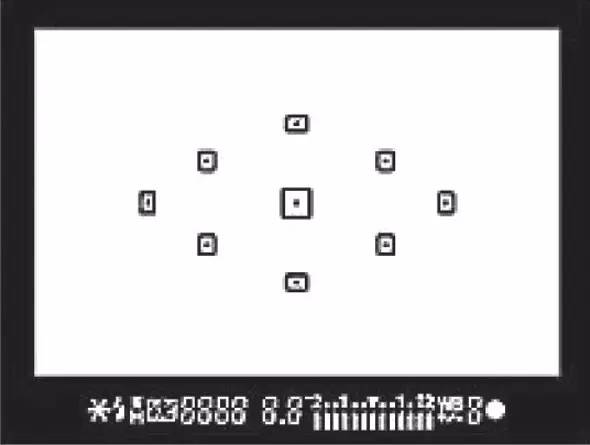 ▼On the right side of this photo is a door, the color is very dark. If the child is centered in the composition, the black on the right is very ugly, and the blue kettle on the left is not fully photographed. With the current composition, the child’s eyes are exactly at the golden ratio point, and there should be no more, no less, just right.
▼On the right side of this photo is a door, the color is very dark. If the child is centered in the composition, the black on the right is very ugly, and the blue kettle on the left is not fully photographed. With the current composition, the child’s eyes are exactly at the golden ratio point, and there should be no more, no less, just right. 